
Musicians for the Bharatanatyam performance by ‘Natya Chudar’ Varsha Sankar
Back in late 1983 my first trip to India began in Madras (present-day Chennai)
with ol’ Bessie the Bicycle. Since then I’ve returned to India many times and have
cycled in most regions as far north as the Siachen Glacier of Ladakh, as far south
as Kanyakumari at India’s southern tip, as far east as Manipur state in the northeast,
and as far west as the desert plains in Gujarat state near the Pakistan border.
South India is one of my favorite regions of the country, and each of my two previous
visits to India—both backpacking—took in Chennai’s Dance Festival in the first half
of January. So this is the third winter in a row that I have attended the festival!
Most people in South India use English as their national language, which makes travels
much easier for us foreigners. At performances, the introductions and explanations
most often take place in English. Another great aspect of South Indian people is
that the vast majority is non-smoking, and very few use the messy betel nut so popular
in other regions of Asia. Instead, the big addiction is to cell phones, which Indians
seemingly can never set aside, turn off, or place in silent mode. To be somebody
in India, a cell phone is essential! I have a ten-year Indian visa—a huge time and
hassle saver—although most people now get an eVisa. My guidebook is the latest Lonely
Planet India (18th ed., 2019) and I brought a Nelles South India map (1,500,000).
31 December 2019 Chennai
In the final hours of the final day of 2019, AirAsia
Flight FD 153 took off into the night skies over Bangkok on an Airbus A320-200.
I had begun a three-month backpack trip that would take me across South India from
Chennai to Mumbai in six weeks, fly to Singapore for a 12-day experience, continue
on to the Philippines for 30 days, then loop back to Bangkok. The flight to Chennai
took just 3˝ hours and although I hadn’t paid extra for a special seat, the airline
gave me a ‘hot seat’ in the aisle of the third row, so I was among the first to
board and first to deplane. I rang in the New Year at baggage claim, then caught
a taxi to Mylapore, an old town in Chennai that predates the modern city. Lots of
people had come out on the streets for a stroll or to ride their motorcycles to
welcome in the New Year. I had reserved an Airbnb room with private bath at Veedu
Home Stay for 15 nights at a cost of $318.05, then later paid Rs. 1500 for an additional
night. This turned out to be a good place to stay, and the manager arranged for
the caretaker let me in at the late hour.
Chennai’s big attraction
for me is the Indian Classical Music and Dance Festival, which takes place at many
venues from about mid-December to mid-January. Musical events tend to dominate the
calendar in December, then dance in January, but there’s much overlap, and performances
also run year-round. Of India’s four biggest ‘metros,’ Chennai gets the fewest foreign
tourists yet has several worthwhile sights in addition to the cultural events. It’s
also a handy arrival or departure point for travels in South India with many flight
connections.
1 January 2020 Chennai
A disappointing aspect of the
Airbnb room is that although breakfast was listed as an amenity, none is provided,
however the caretaker would bring an inexpensive take-out breakfast upon request.
Today I walked south a few blocks to Mittoss Vegg Factory and had their thali, a
very tasty assortment of South Indian curries. In the evening I went to the devotional
music program Namasankeertanam at the Music Academy—perhaps Chennai’s most prominent
performance hall—that ended its Music Festival. The academy’s Dance Festival will
begin in two days and run for a week.
2-4 January Chennai
Bharatiya
Vidya Bhavan, one block east of the big Kapaleeswarar Temple, hosted an all-day
series of Carnatic (South Indian) vocal concerts in one of the smaller halls on
Thursday. Although I couldn’t understand the words, I greatly enjoyed listening
to the extremely beautiful and virtuosic singing. Women gave most of the concerts,
and there was one male singer. Each performer had a drummer on the double-ended
mridangam and a violinist who played with a very soulful sound.
Kartik
Fine Arts celebrated its 45th year Art Festival with dances in the main hall at
Bharatiya Vidya Bhavan, and I headed there each evening on Thursday, Friday, and
Saturday for a trio of solo or group dance performances. Although many festival
events have free admission, some of the large halls require a ticket for the evening
ones, and here I had to get inexpensive tickets (Rs. 100-300) that covered both
the 6 p.m. and 7:30 p.m. performances. All of the artists followed the Bharatanatyam
dance style that originated in Hindu temples of Tamil Nadu and is now very popular
across India. (See https://en.wikipedia.org/wiki/Bharatanatyam
for an introduction and Youtube for videos.) Women dancers predominated and wore
special costumes with bright colors, pants with a pleated front, costume jewelry,
ankle bells, white flowers in their hair, and a long braided ponytail. Men appeared
in a couple performances and a small child crawled onstage as a very cute baby Krishna.
A bronze statue of Nataraj—Shiva as the Cosmic Dancer—stood at a front corner of
the stage.
The final Friday production had so much drama that it reminded
me of a Bollywood movie. Most of the dances told stories of Hindu gods, especially
the charming Krishna, or episodes of Hindu epics. The repertoire also includes pure
dance that can be based on non-religious themes. The performers never spoke, instead
relying on narration by two singers. The singers would take turns, one with the
story and the nattuvanar with a very fast-paced rhythmic chant. The nattuvanar,
often the guru of the dancer, set the beat with hand bells (nattuvangam). As with
the vocal performers, the dancers had a drummer playing the mridangam, a violinist,
and perhaps a flutist. Additionally there’s the background strumming of a tambura,
here provided by a little electronic box. Two of the fancier productions used pre-recorded
music and singing. I brought my camera on Friday and Saturday to try to catch some
of the emotion and colors. And, of course, I enjoyed the wonderful South Indian
cuisine with thalis, snacks, and sweets. I liked the restaurants Nithya Amirtham
and Hotel Saravana Bhavan just north of Kapaleeswarar Temple.

Musicians for
the Bharatanatyam performance by ‘Natya Chudar’ Varsha Sankar
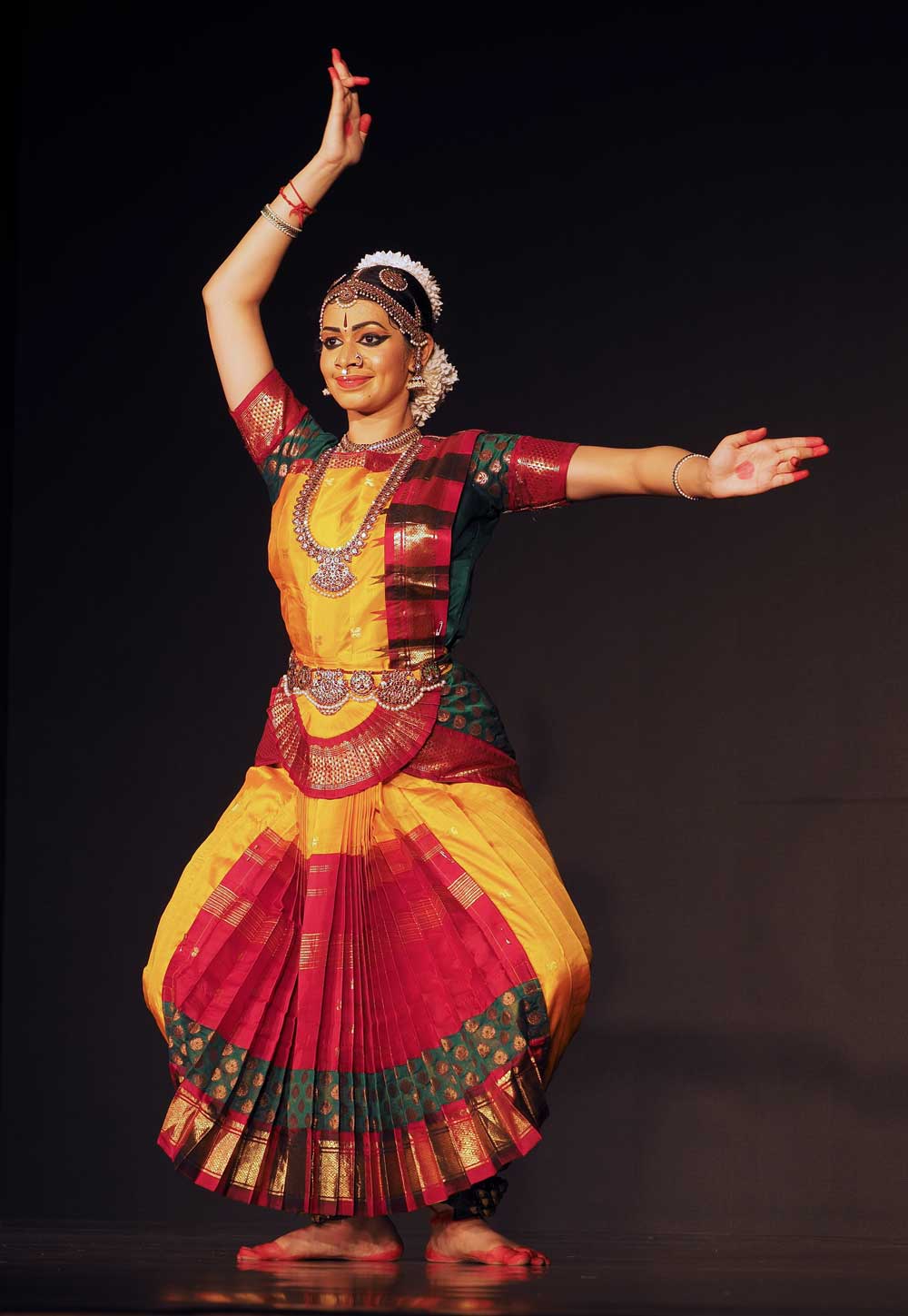
Bharatanatyam performance by ‘Natya Chudar’ Varsha Sankar
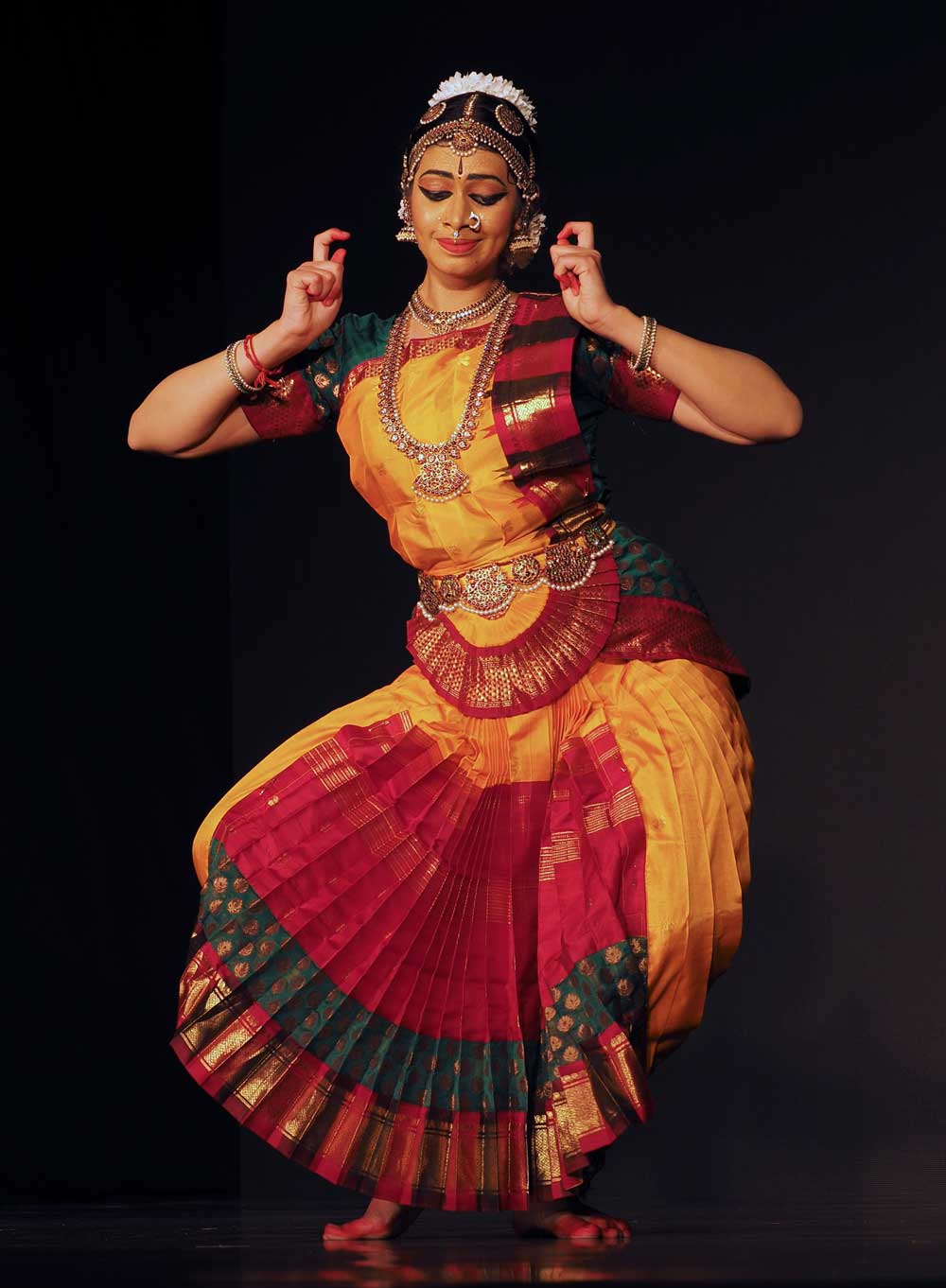
Bharatanatyam performance by ‘Natya Chudar’ Varsha Sankar
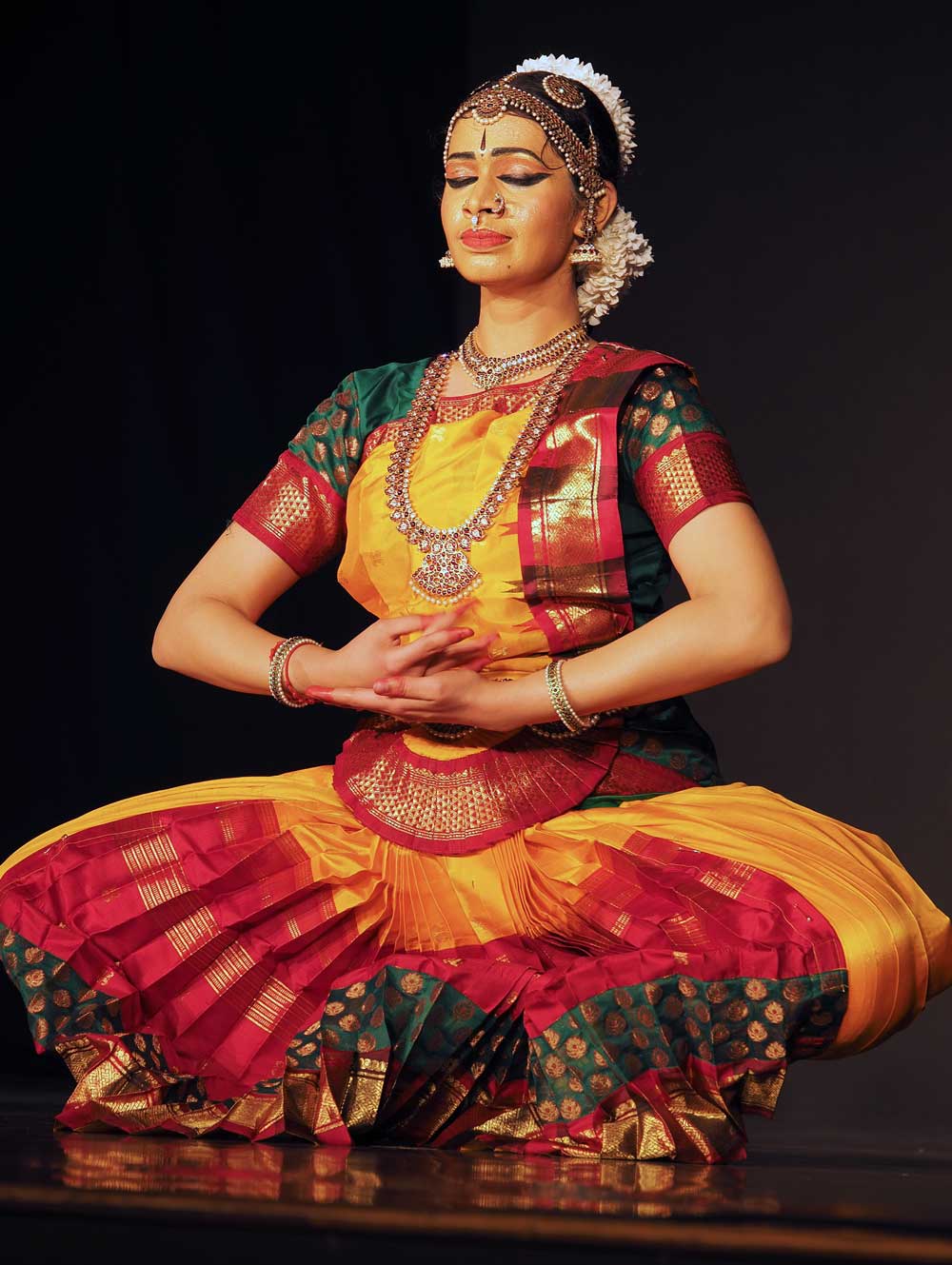
Bharatanatyam performance by ‘Natya Chudar’ Varsha Sankar
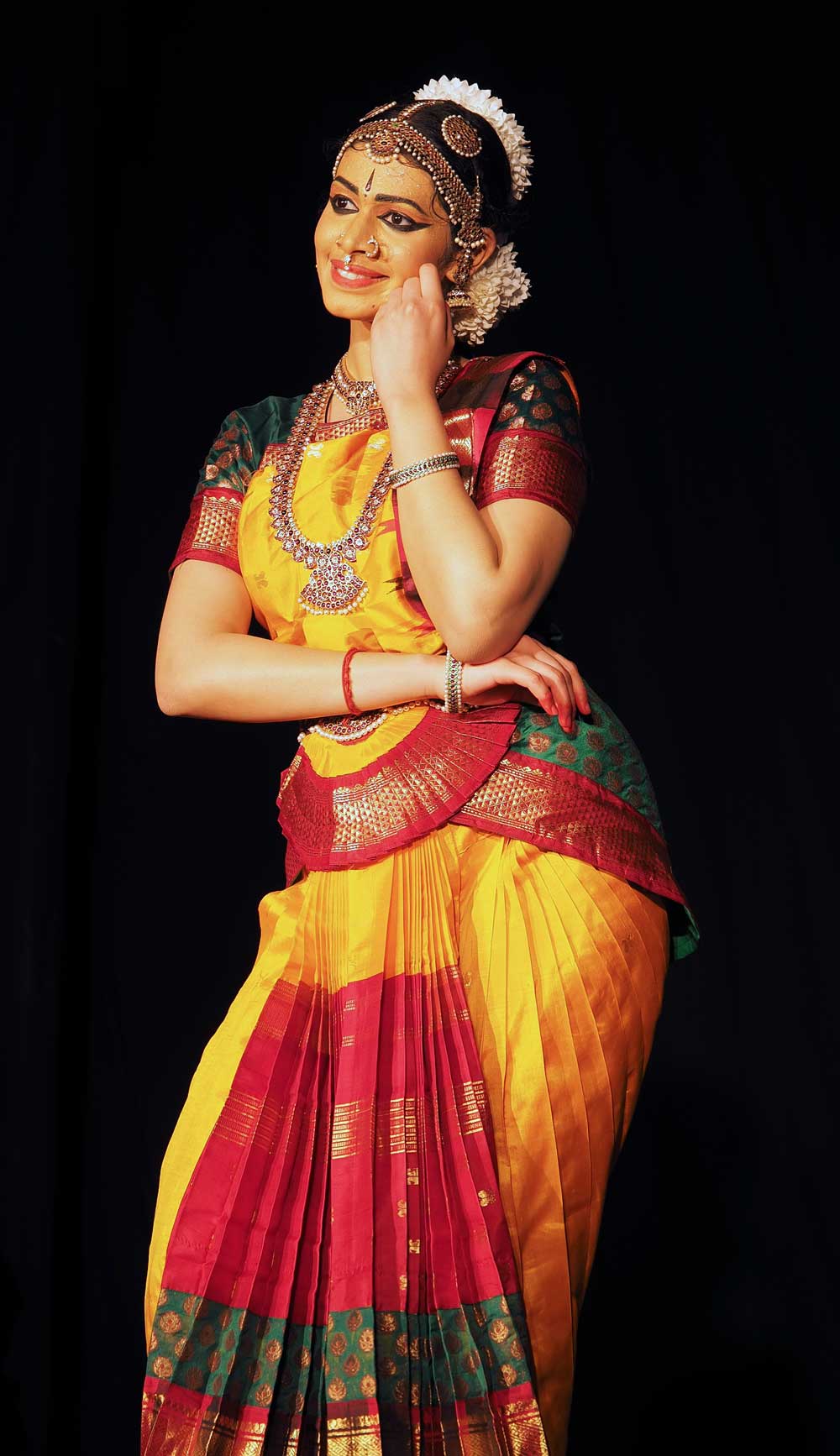
Bharatanatyam performance by ‘Natya Chudar’ Varsha Sankar
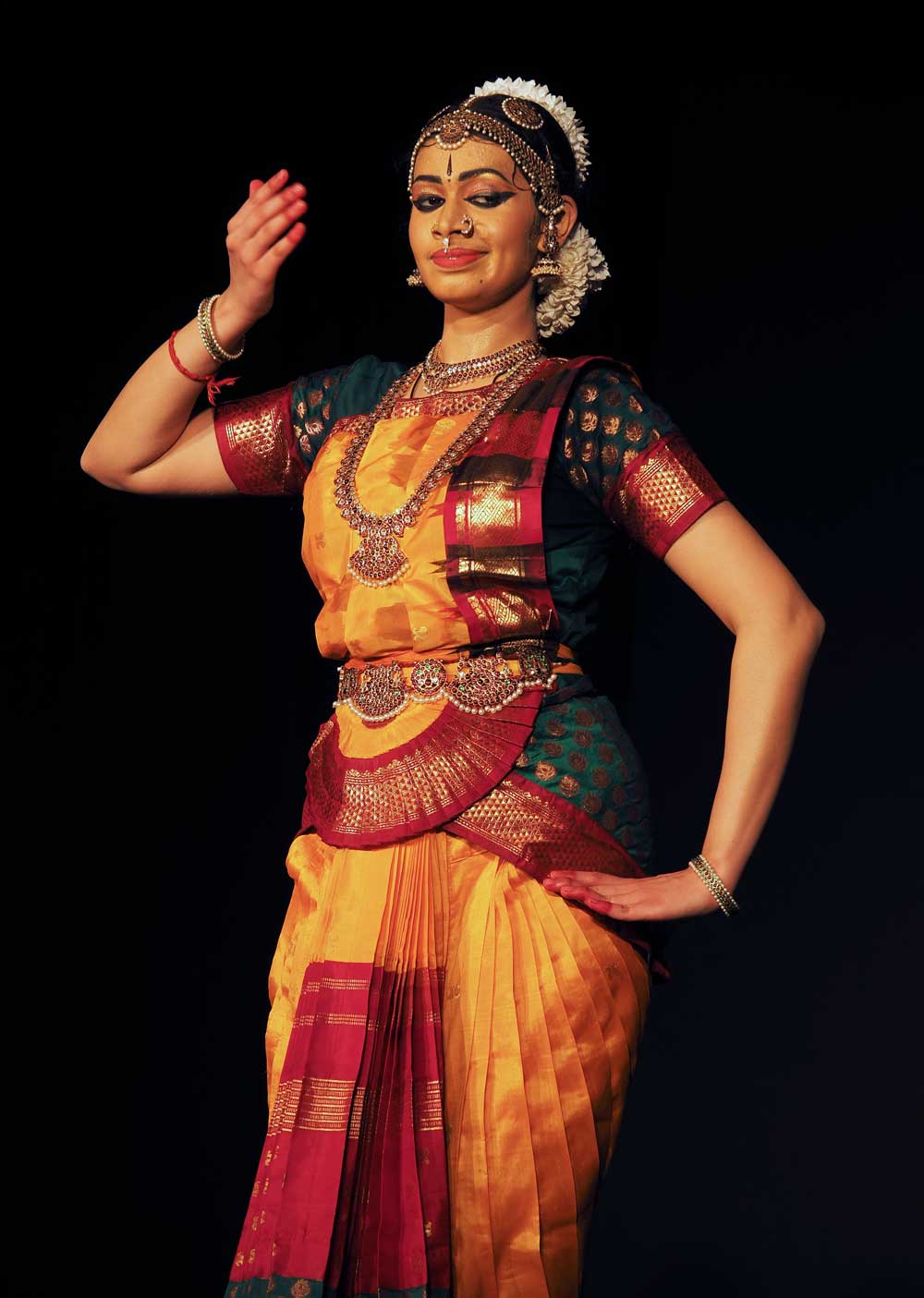
Bharatanatyam performance by ‘Natya Chudar’ Varsha Sankar

Bharatanatyam performance by ‘Natya Chudar’ Varsha Sankar

‘Navarasas’ by Rajeswari Sainath ‘Nadanamamani’ Vyshnavie and Group
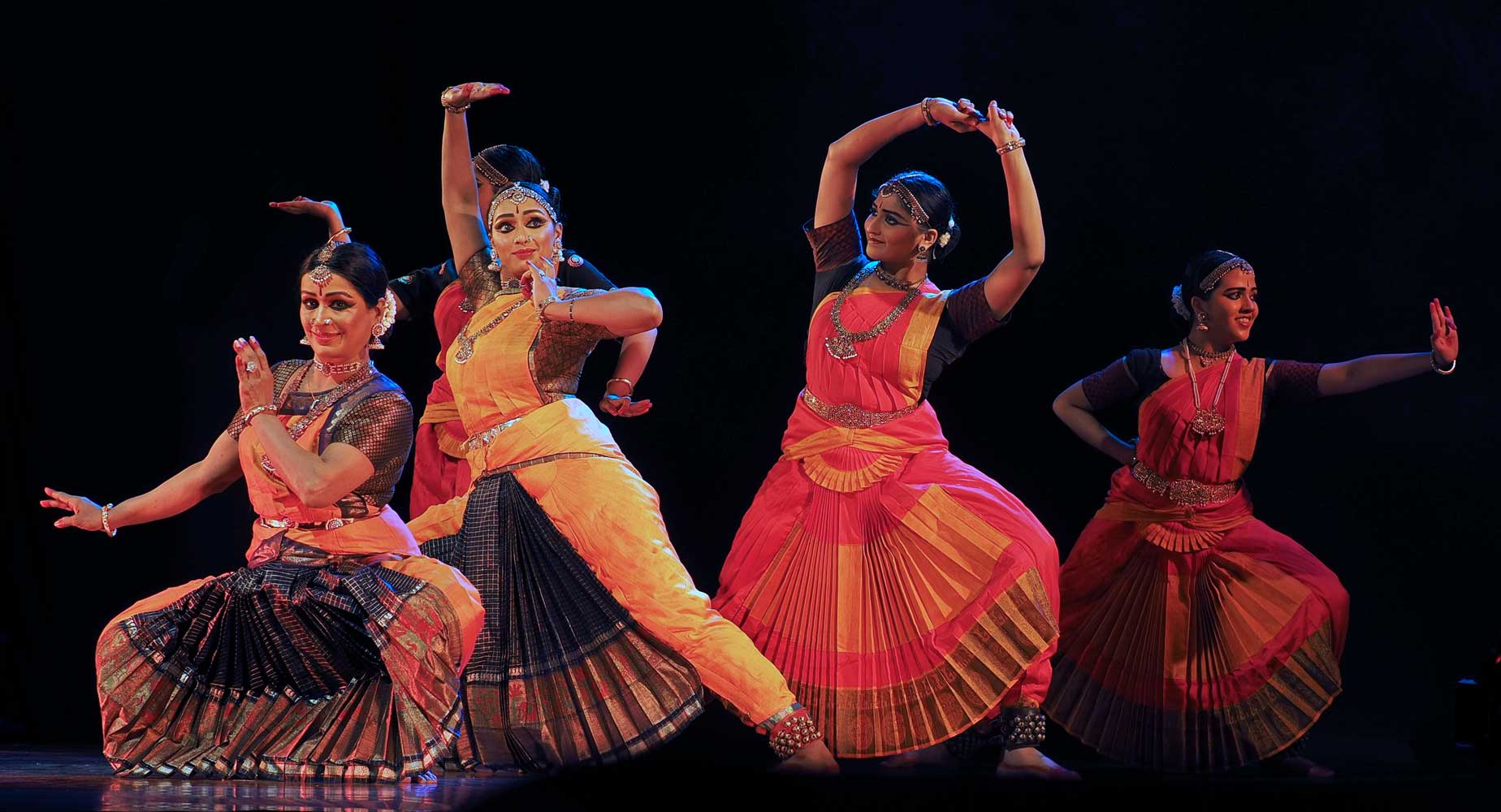
‘Navarasas’ by Rajeswari Sainath ‘Nadanamamani’ Vyshnavie and Group
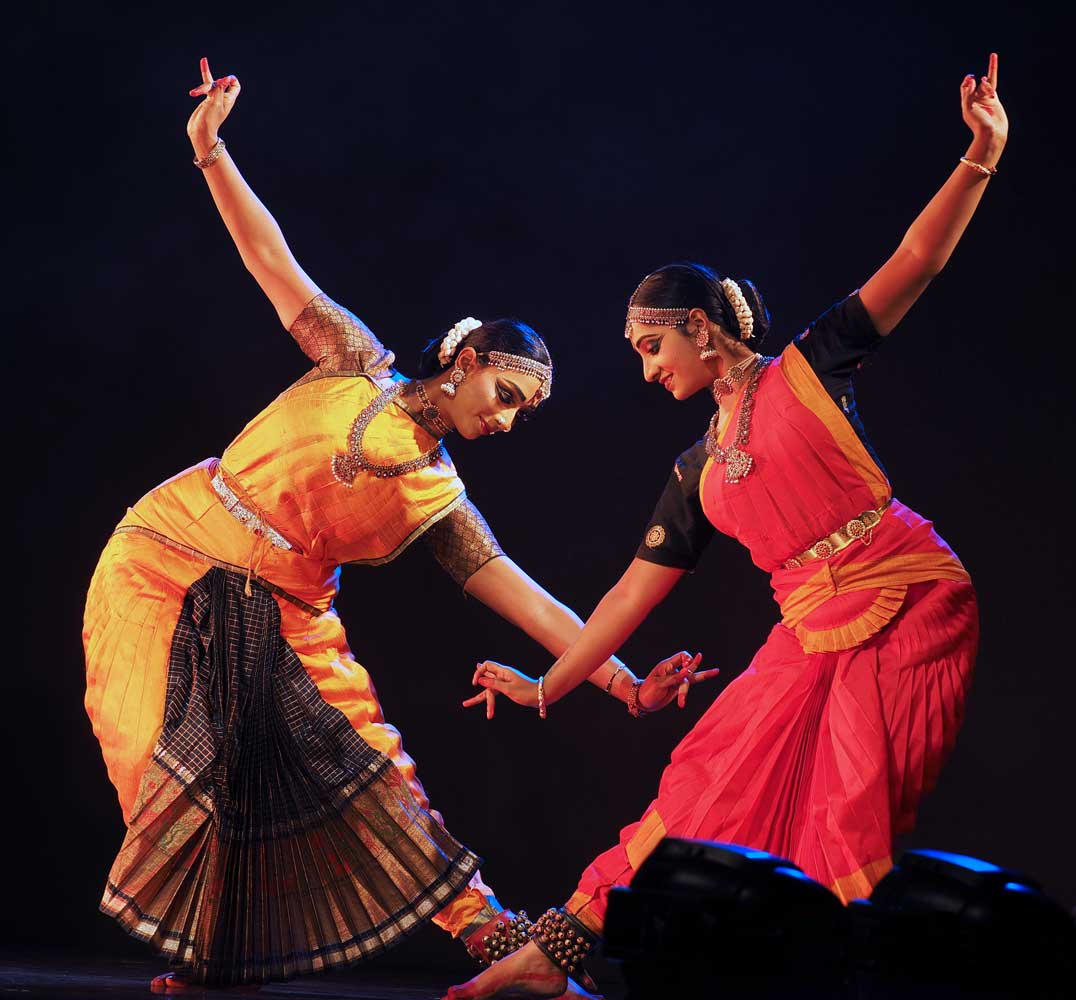
‘Navarasas’ by Rajeswari Sainath ‘Nadanamamani’ Vyshnavie and Group
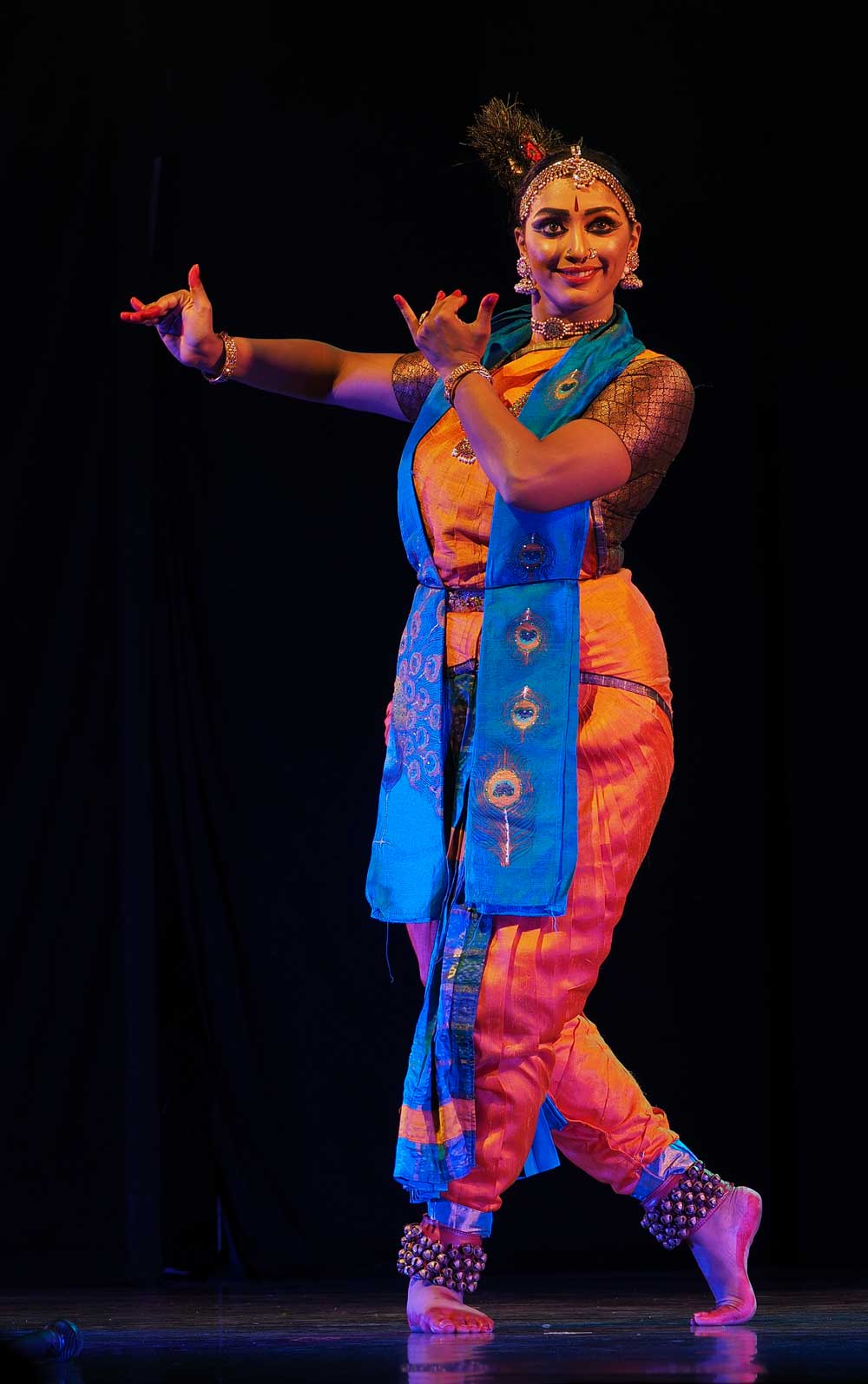
Playing the flute refers to Krishna.
‘Navarasas’ by Rajeswari Sainath ‘Nadanamamani’
Vyshnavie and Group
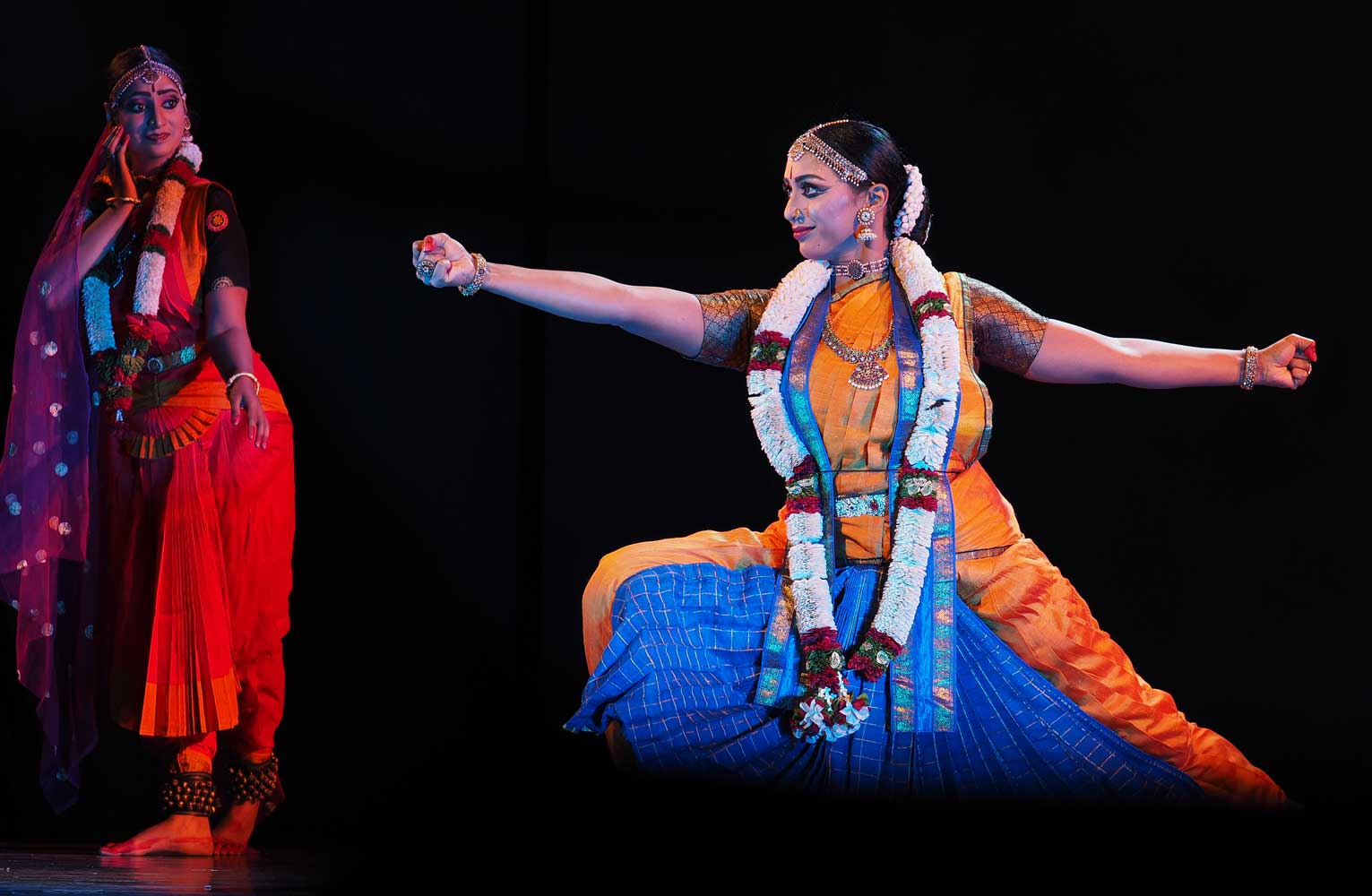
‘Navarasas’ by Rajeswari Sainath ‘Nadanamamani’ Vyshnavie and Group
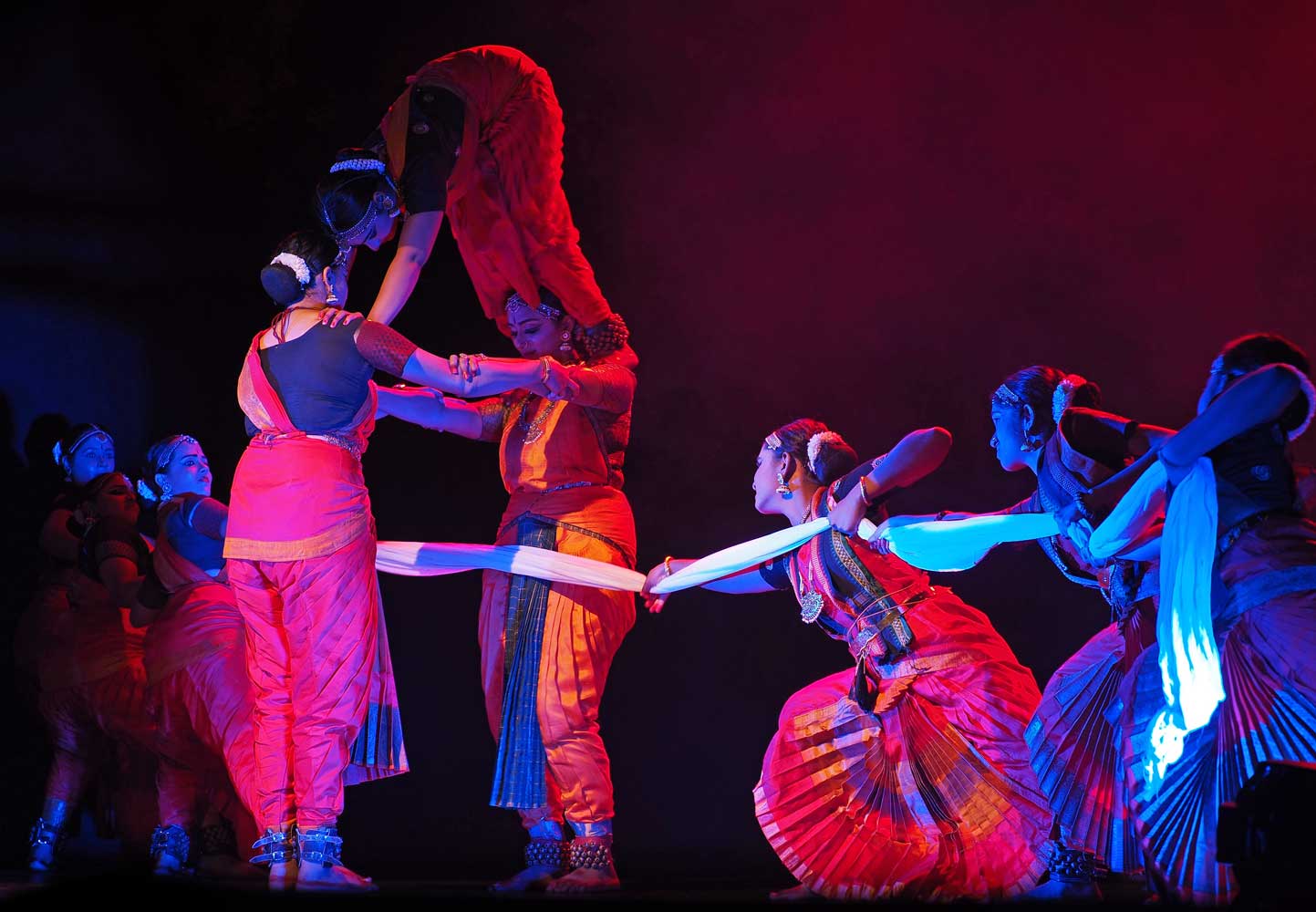
‘Navarasas’ by Rajeswari Sainath ‘Nadanamamani’ Vyshnavie and Group
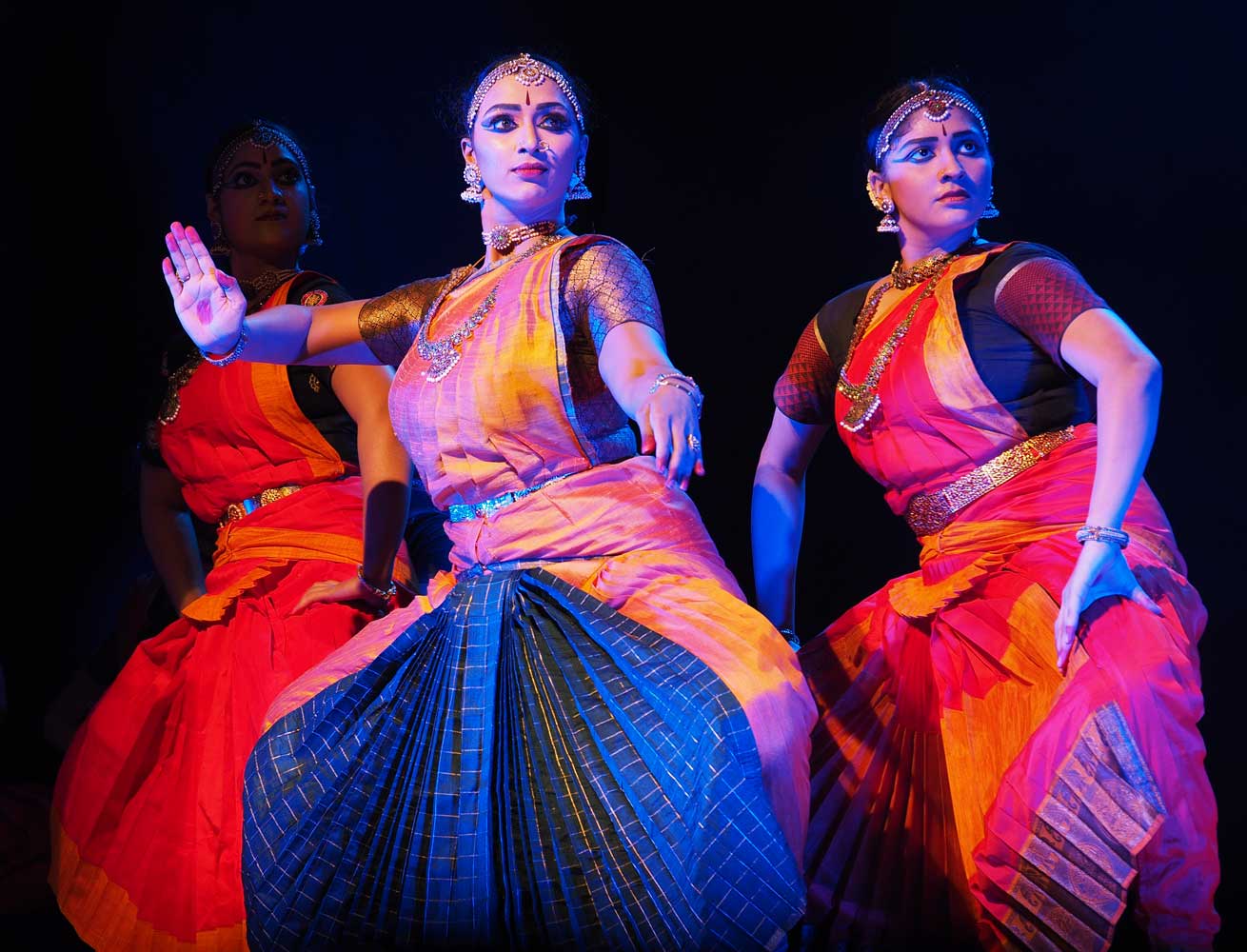
‘Navarasas’ by Rajeswari Sainath ‘Nadanamamani’ Vyshnavie and Group
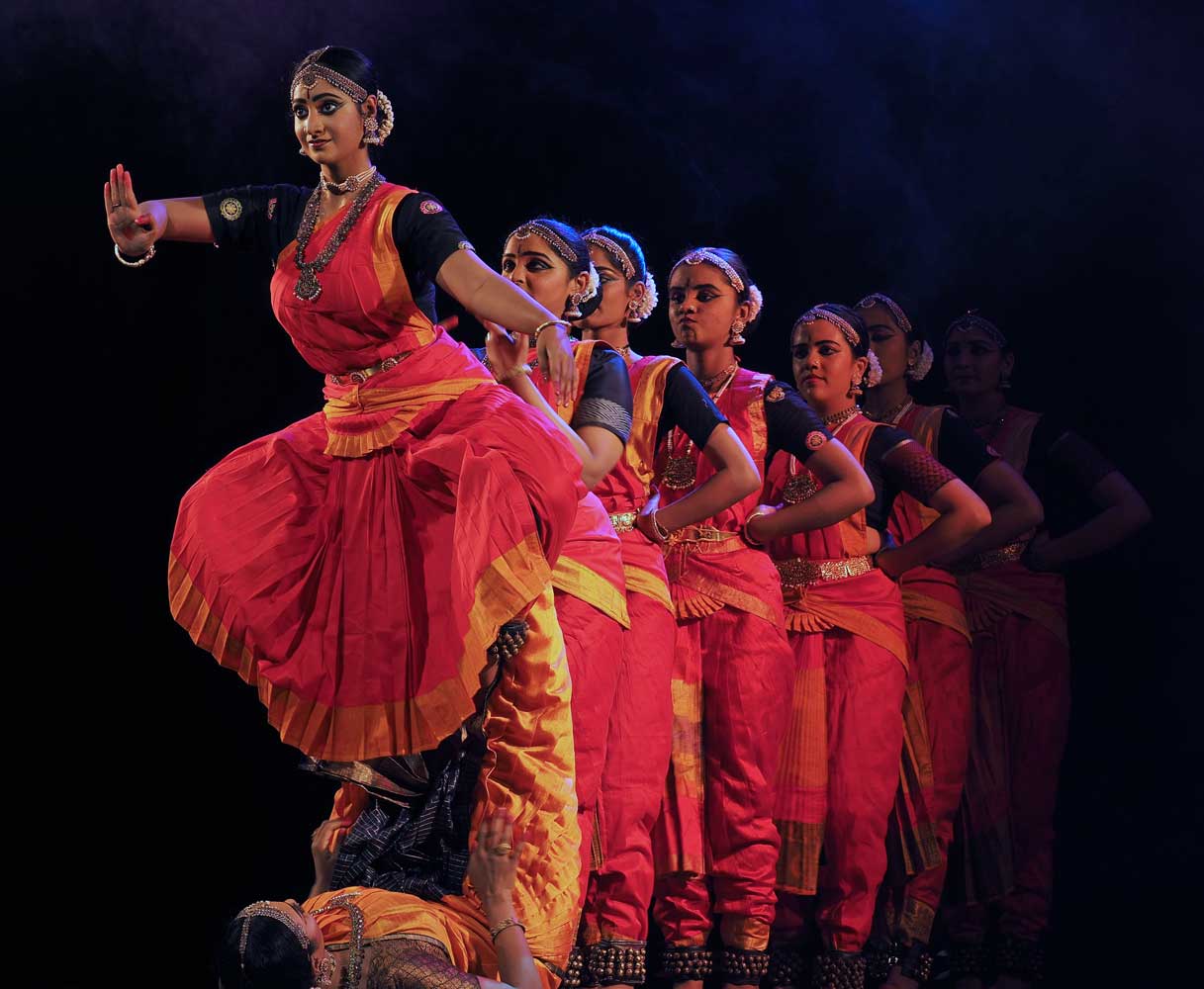
‘Navarasas’ by Rajeswari Sainath ‘Nadanamamani’ Vyshnavie and Group
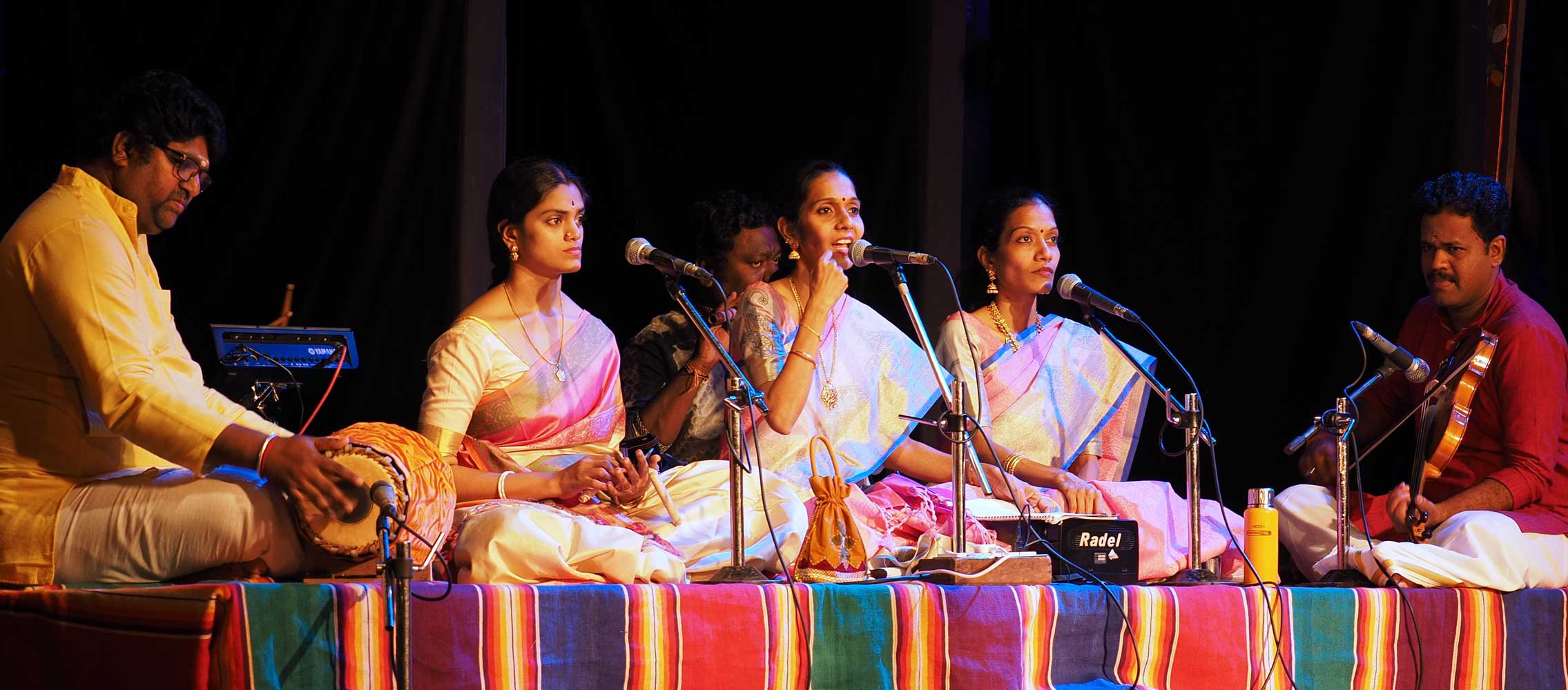
Electronic cymbal
and flute players hide in the background of this orchestra for ‘Kannan Yen Gurunathan,’
a thematic dance production by Smt. B. Srimathi Venkat and her disciples of Sri
Nrithyalaya.
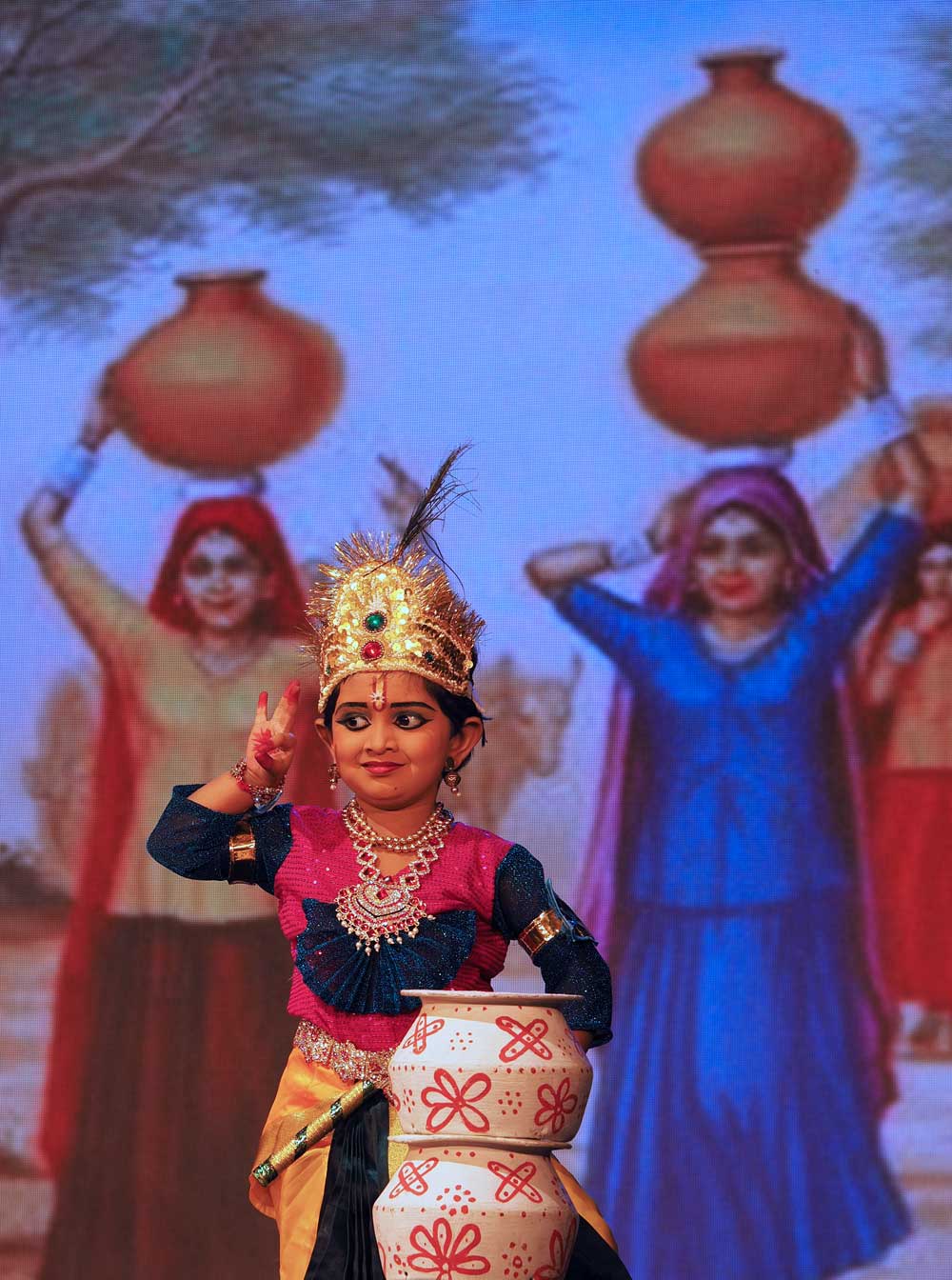
Baby Krishna, with a video background, starring in ‘Kannan Yen Gurunathan’
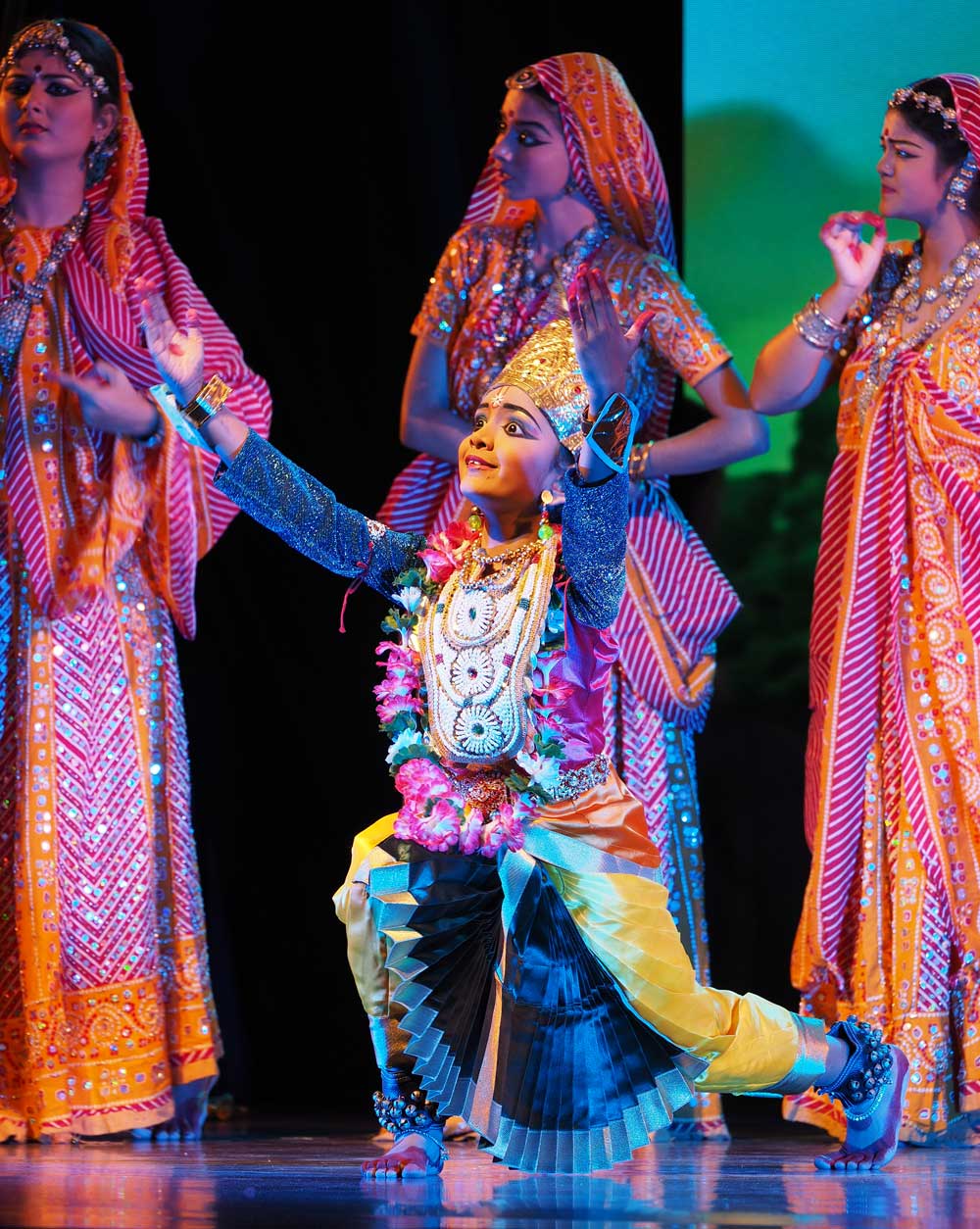
Krishna among his milkmaids in ‘Kannan Yen Gurunathan’

Everyone adores Krishna in ‘Kannan Yen Gurunathan.’
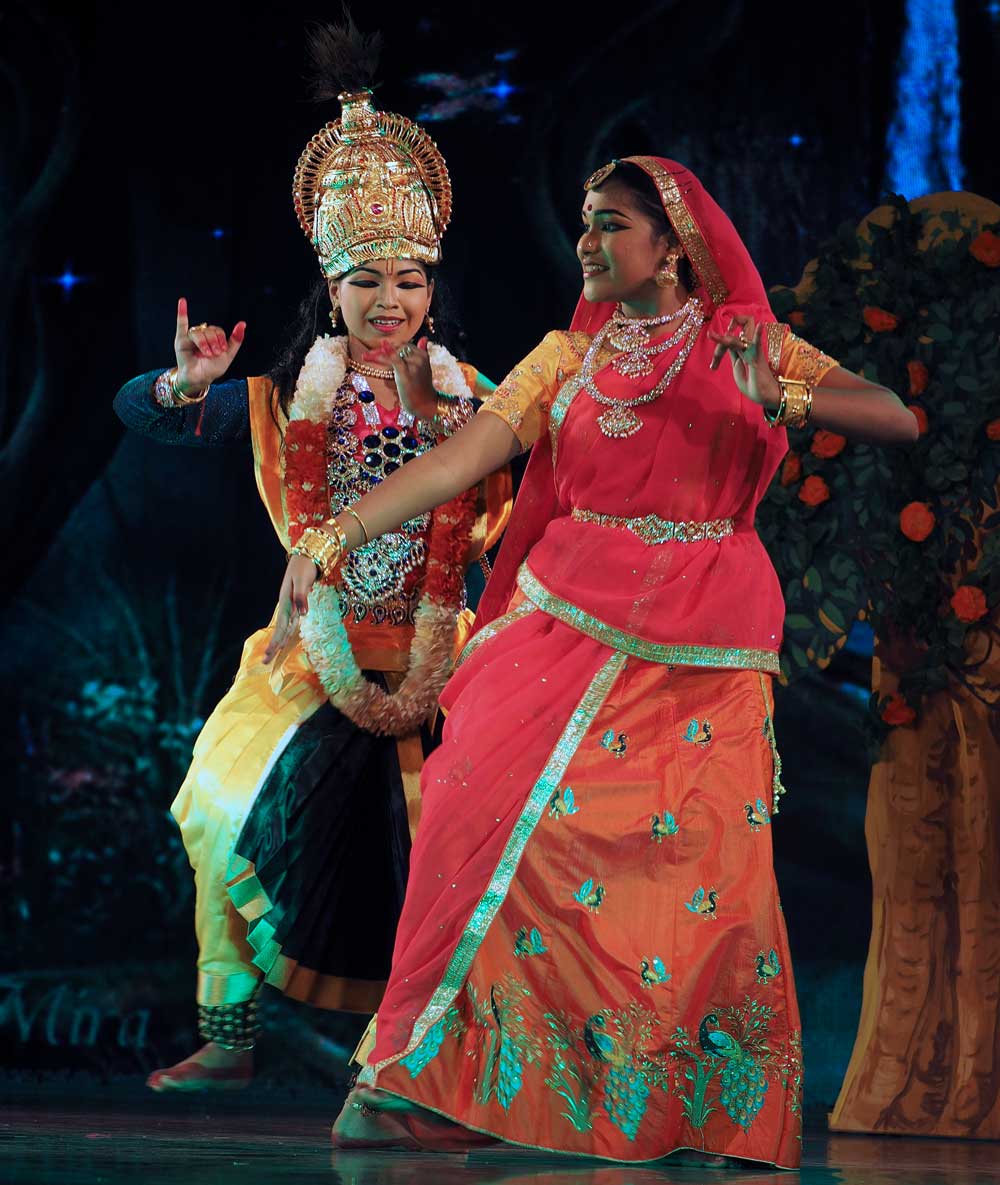
Krishna delights Radha in a secluded grove. (‘Kannan Yen Gurunathan’)
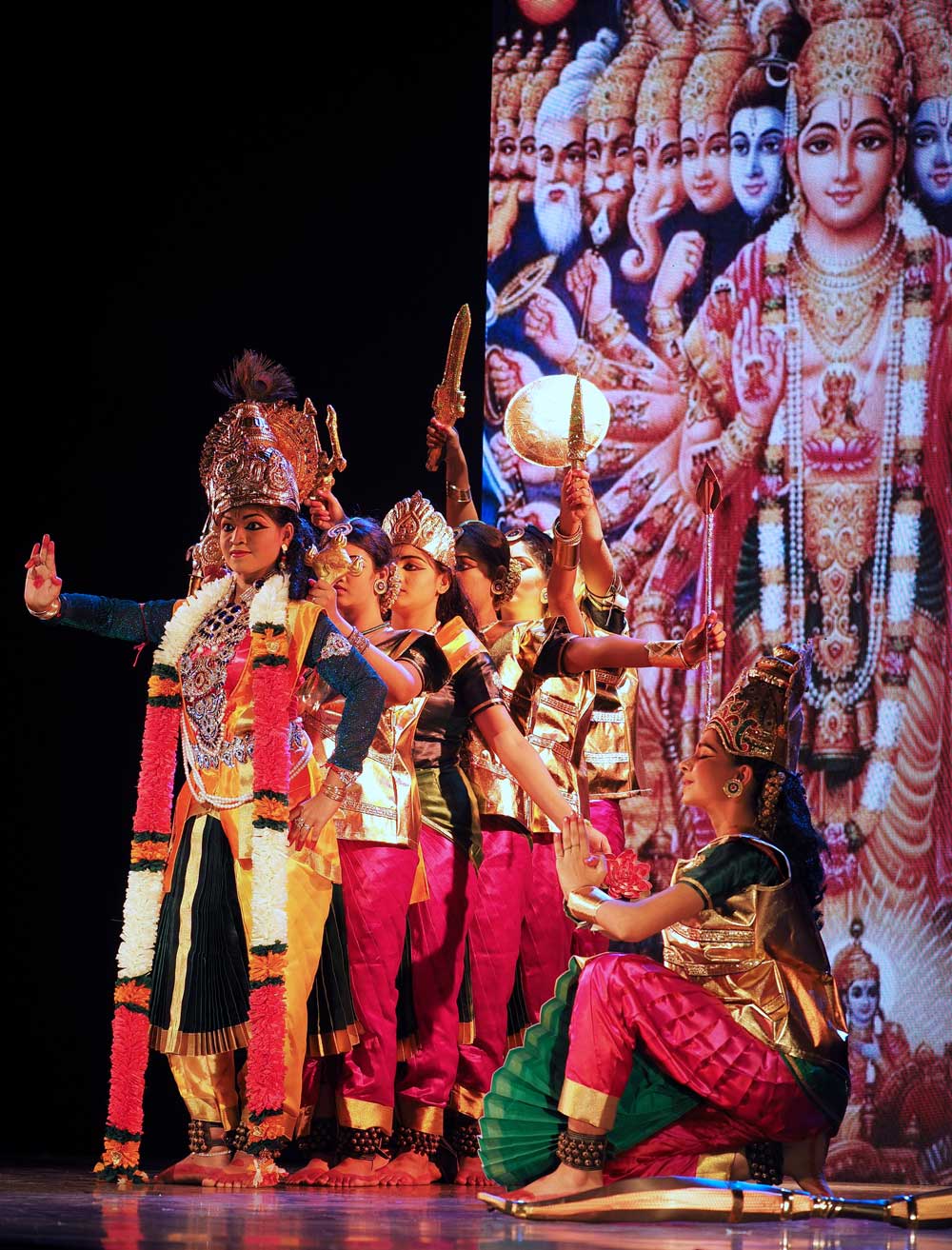
Krishna brings peace to the warriors in ‘Kannan Yen Gurunathan.’
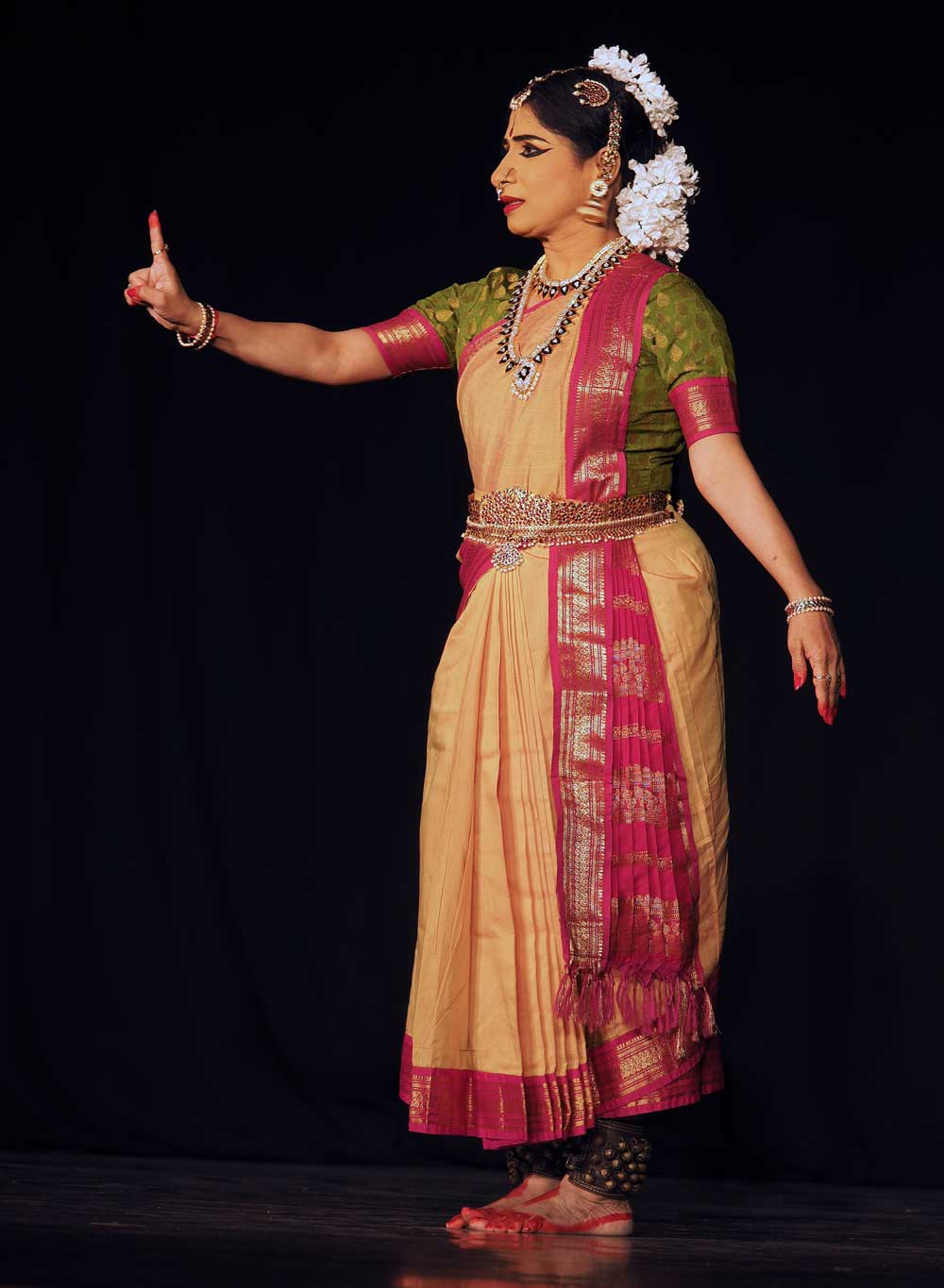
‘Thirumal Perumai’ (stories about Krishna), a solo Bharatanatyam presentation
by Sarayu Sai
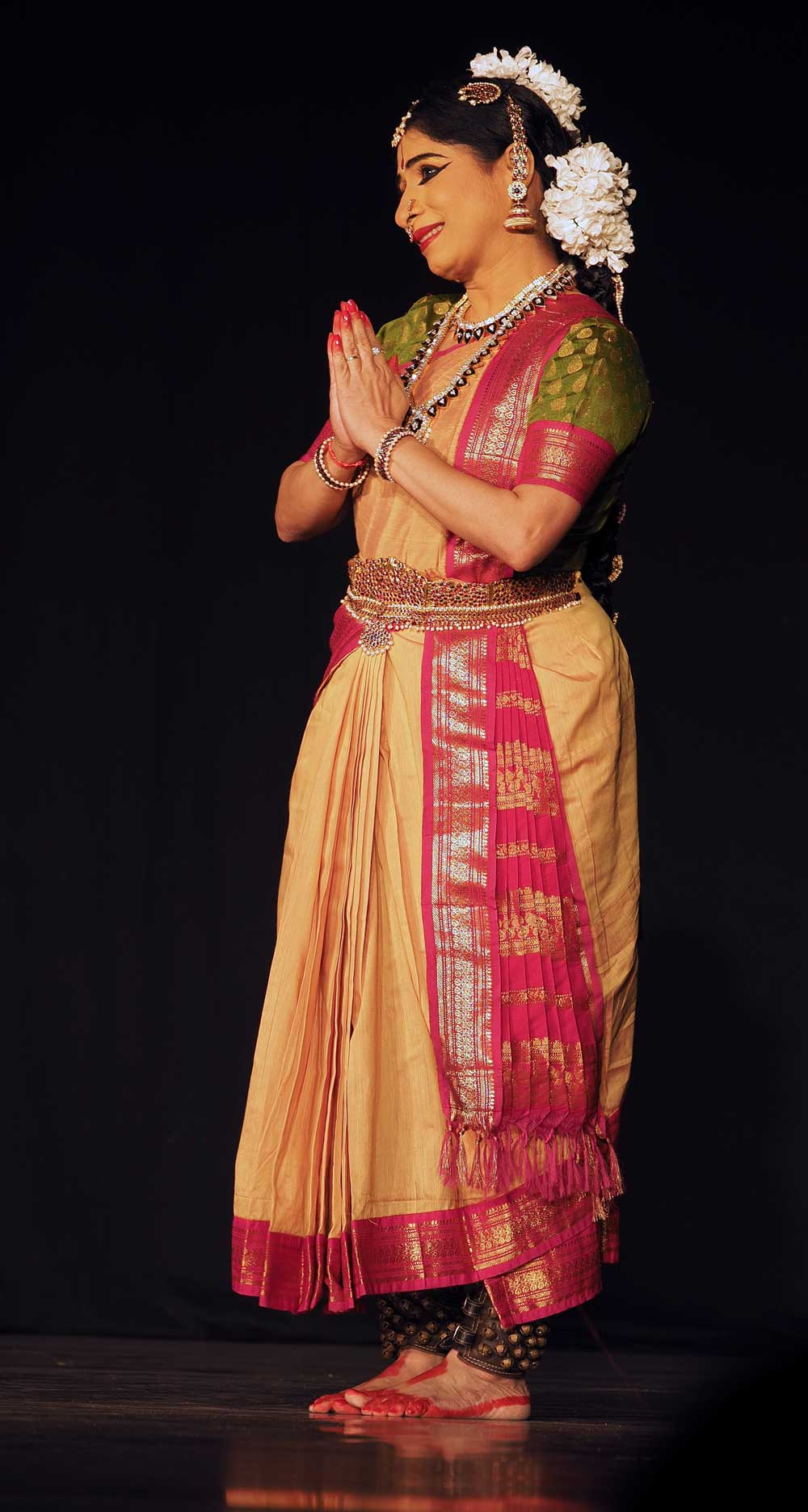
‘Thirumal Perumai’ (stories about Krishna), a solo Bharatanatyam presentation
by Sarayu Sai
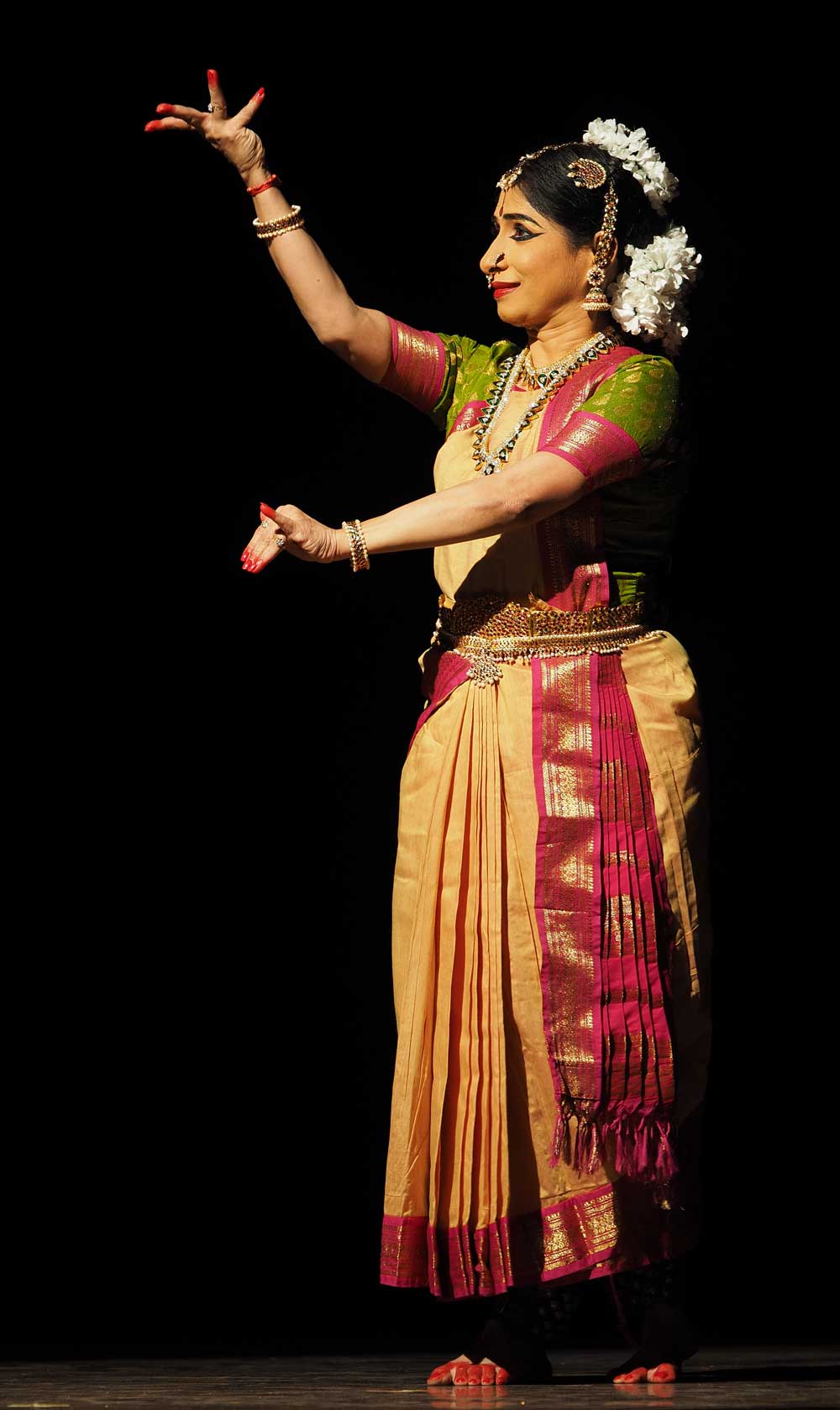
‘Thirumal Perumai’ (stories about Krishna), a solo Bharatanatyam presentation
by Sarayu Sai
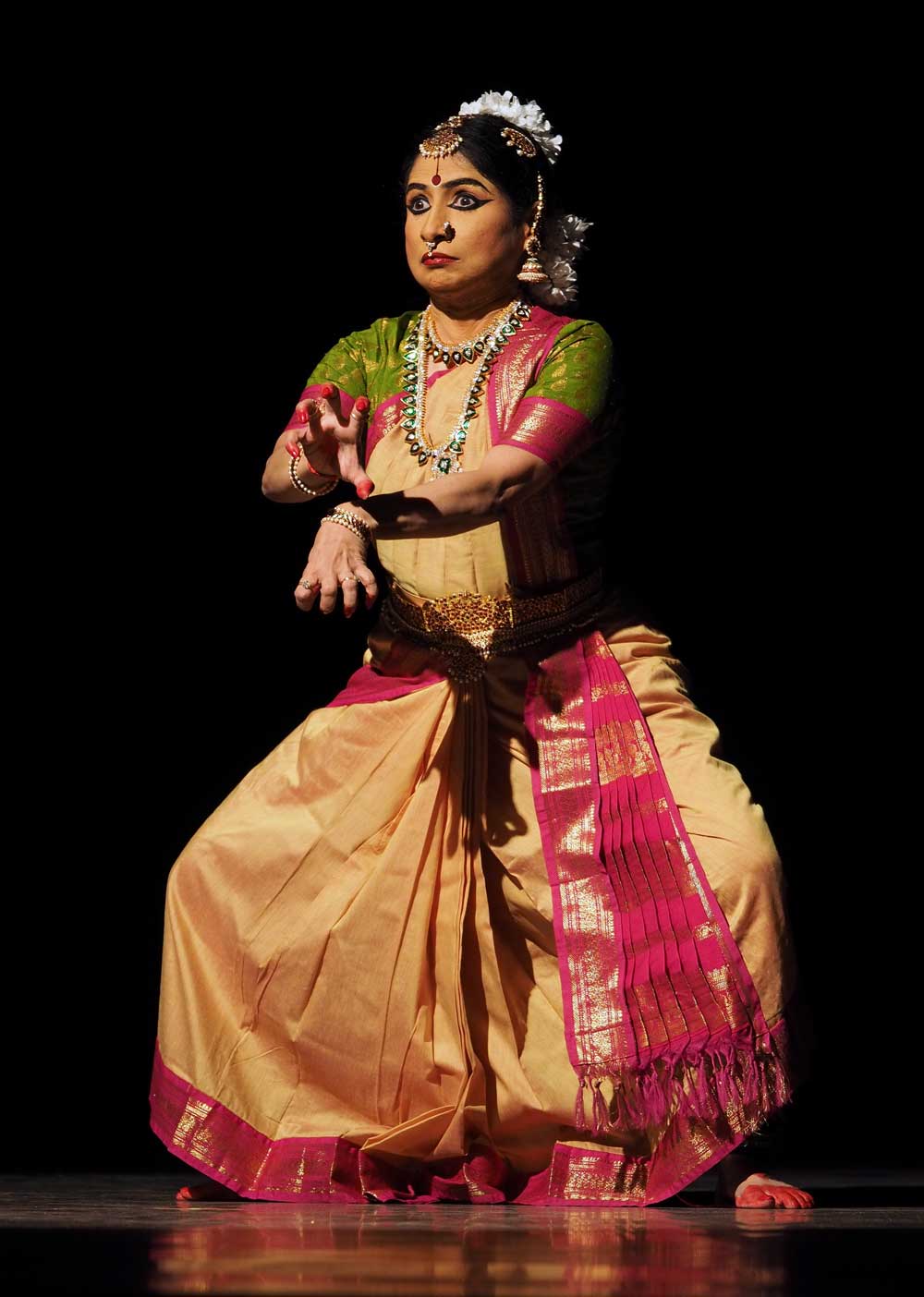
‘Thirumal Perumai’ (stories about Krishna), a solo Bharatanatyam presentation
by Sarayu Sai
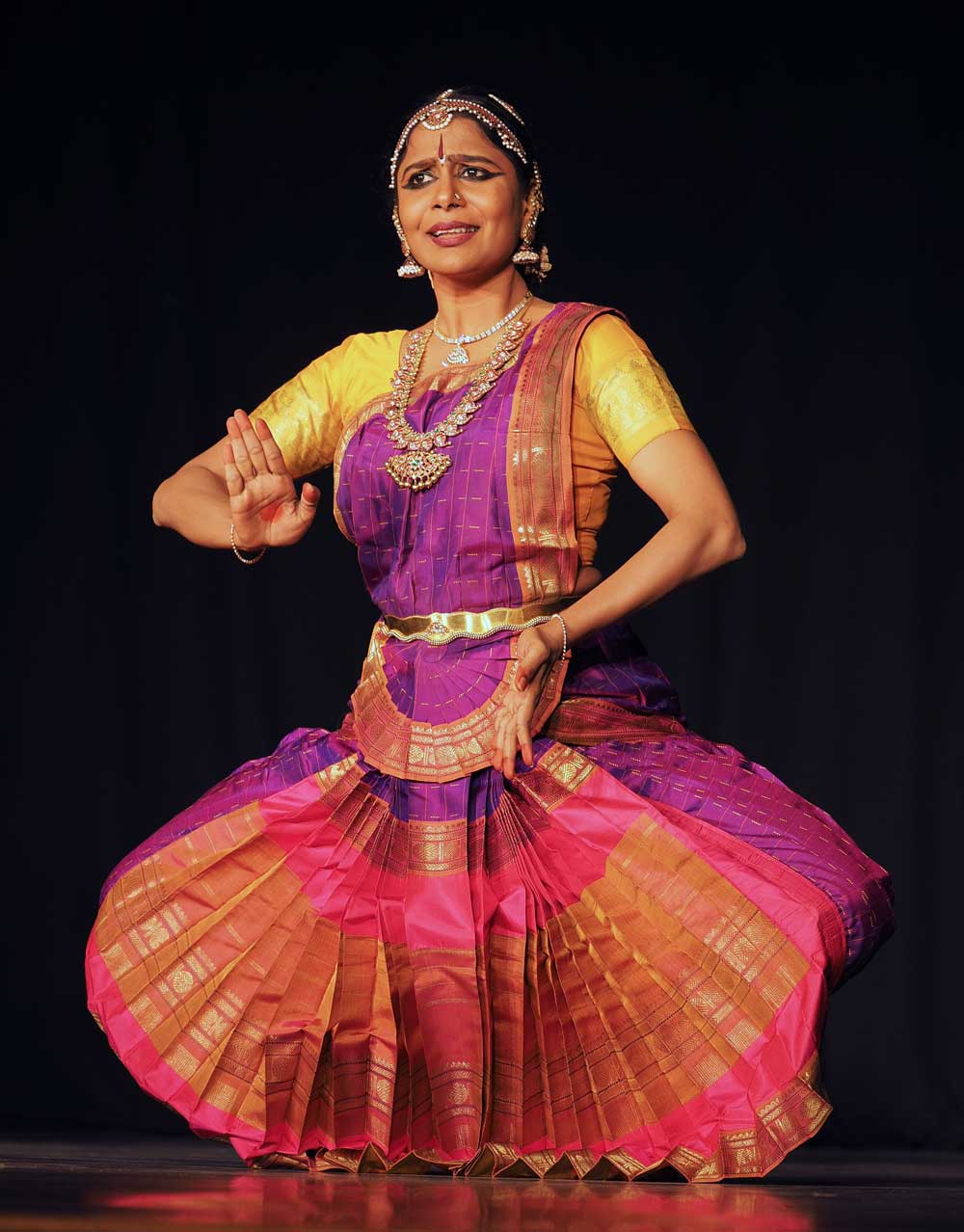
Solo Bharatanatyam presentation by ‘Nadanamamani’ Ashwini Viswanathan
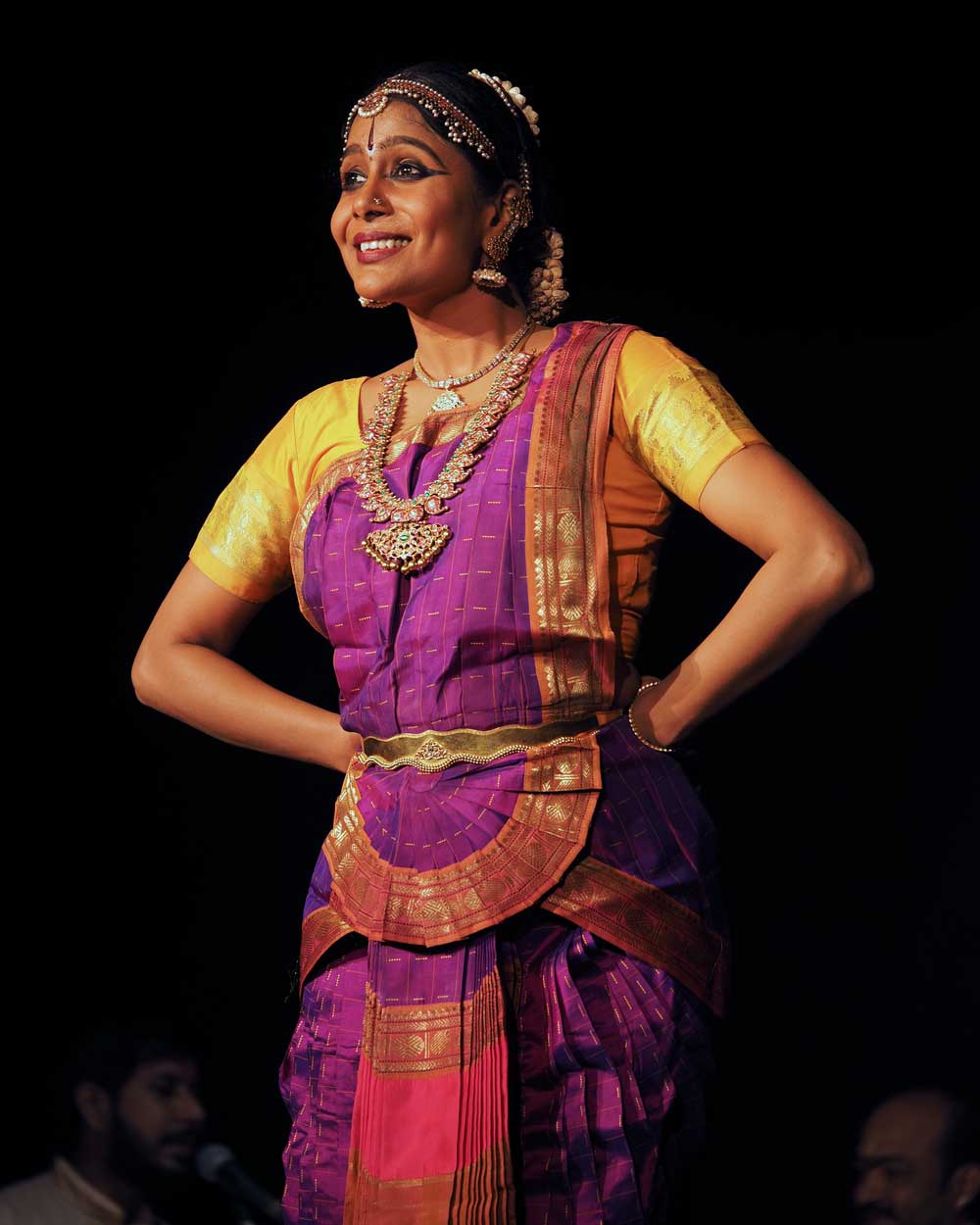
Solo Bharatanatyam presentation by ‘Nadanamamani’ Ashwini Viswanathan
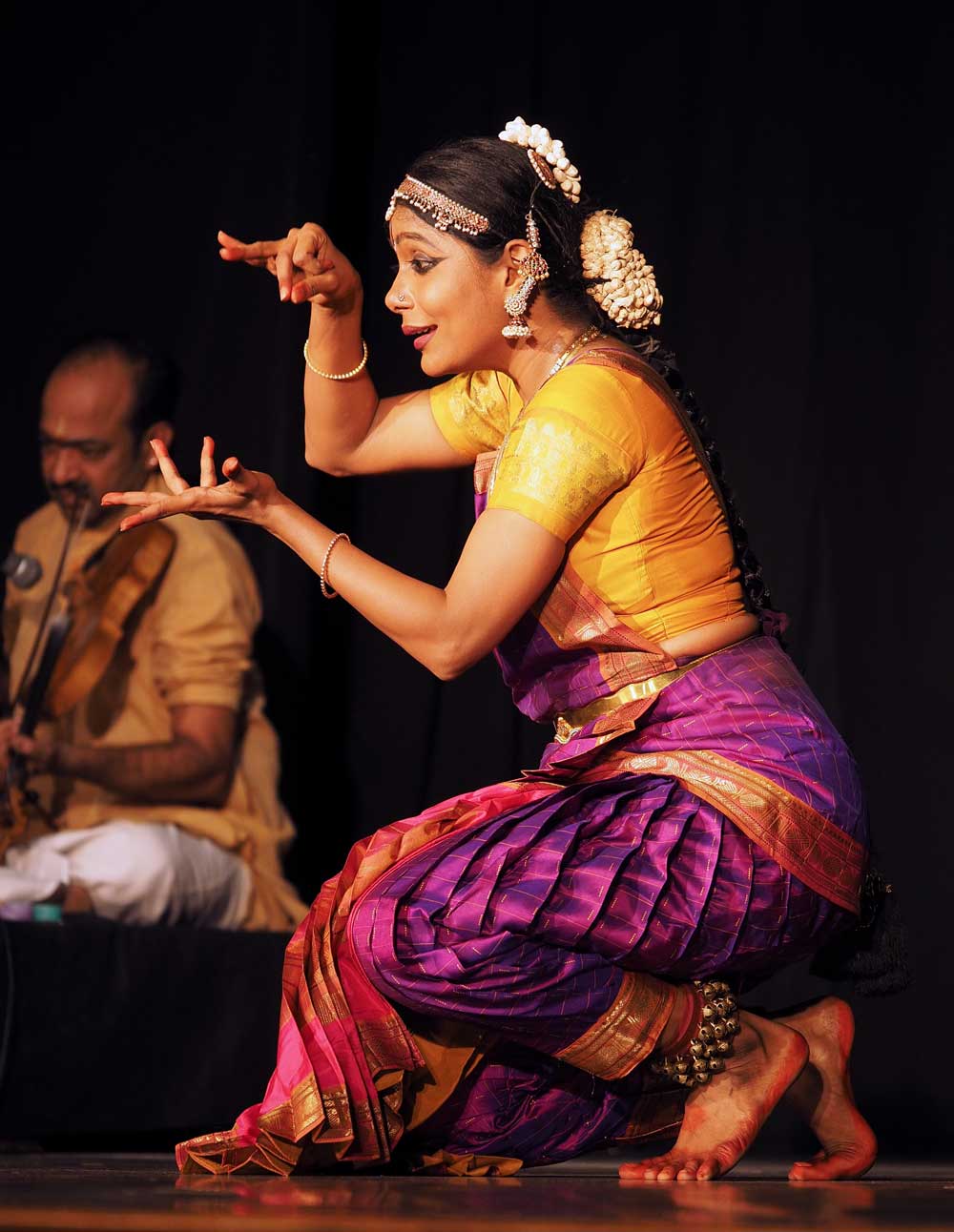
Solo Bharatanatyam presentation by ‘Nadanamamani’ Ashwini Viswanathan

Solo Bharatanatyam presentation by ‘Nadanamamani’ Ashwini Viswanathan
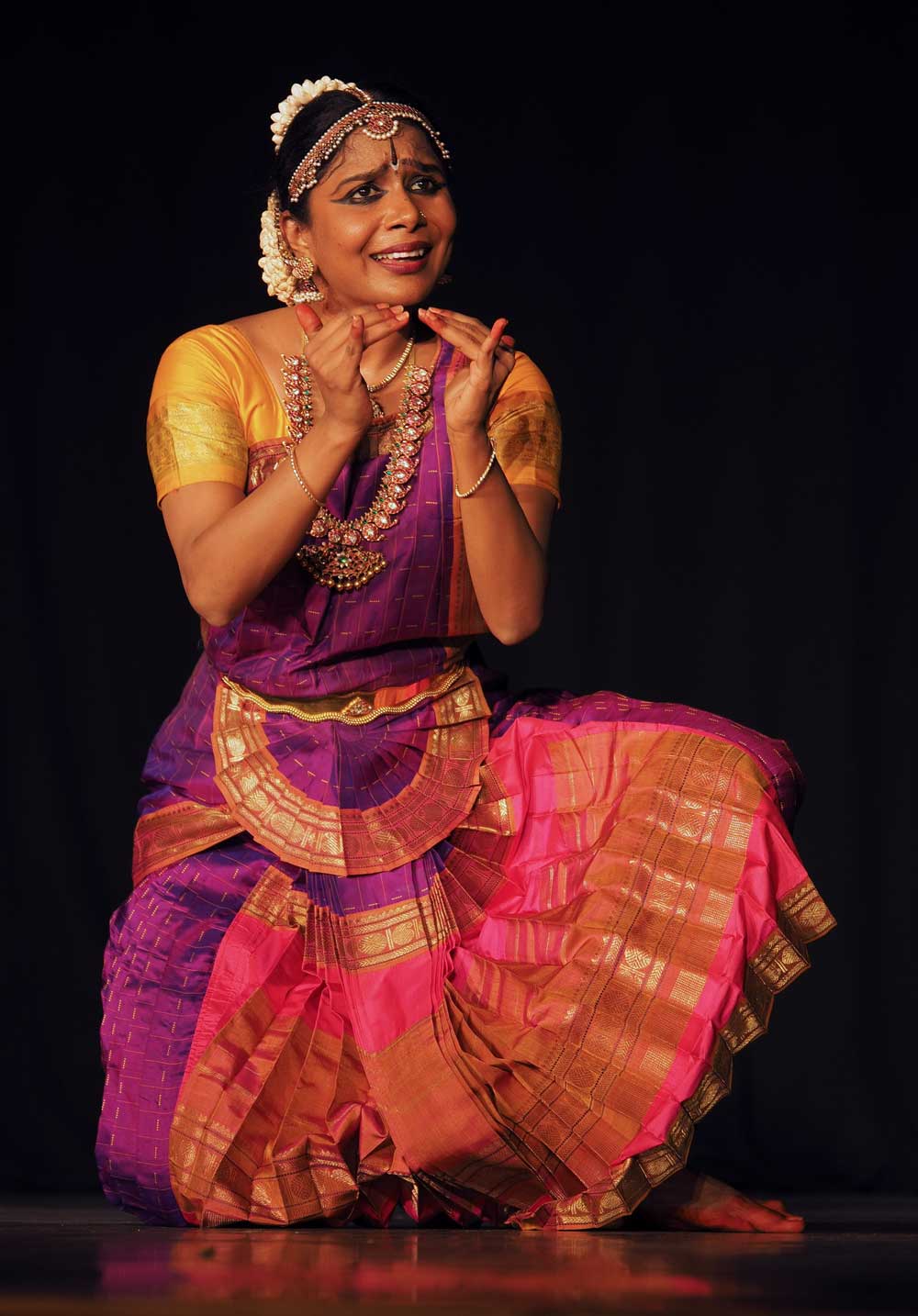
Solo Bharatanatyam presentation by ‘Nadanamamani’ Ashwini Viswanathan
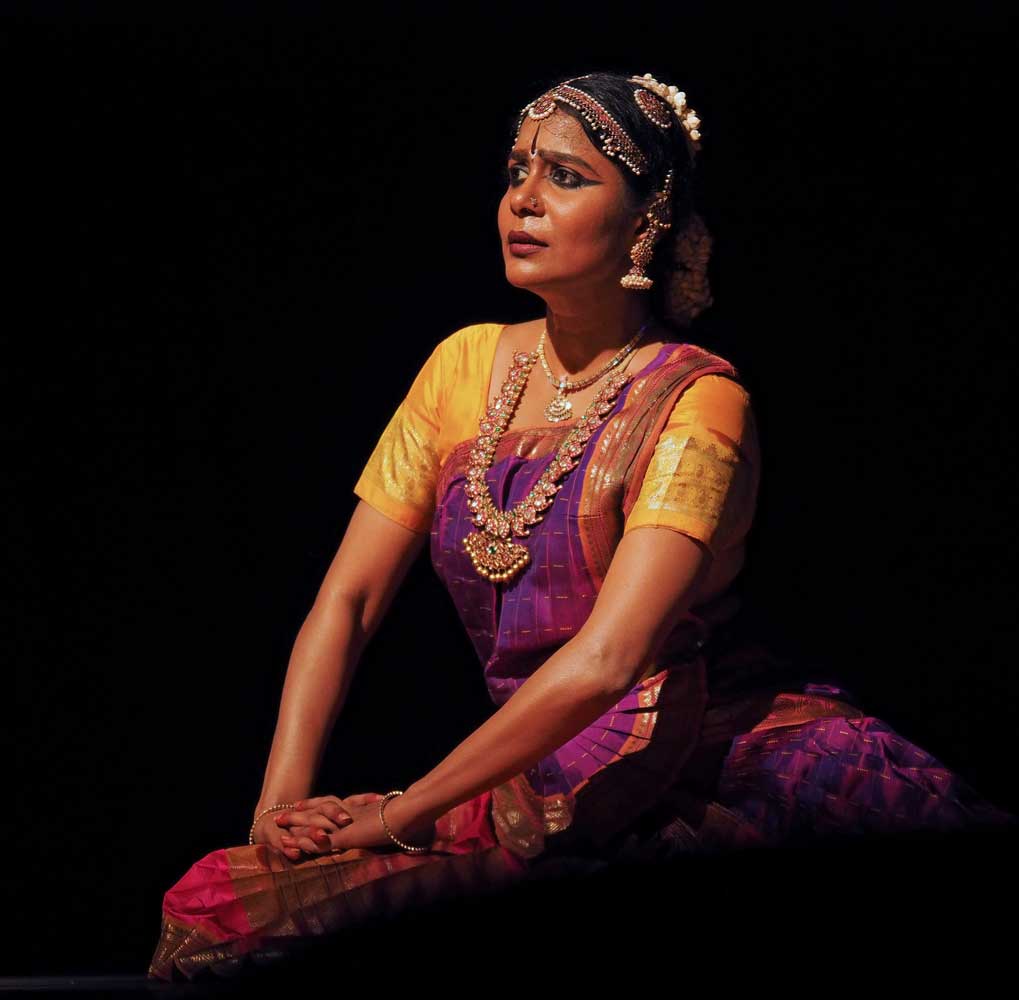
Solo Bharatanatyam presentation by ‘Nadanamamani’ Ashwini Viswanathan

Solo Bharatanatyam
presentation by ‘Nadanamamani’ Ashwini Viswanathan
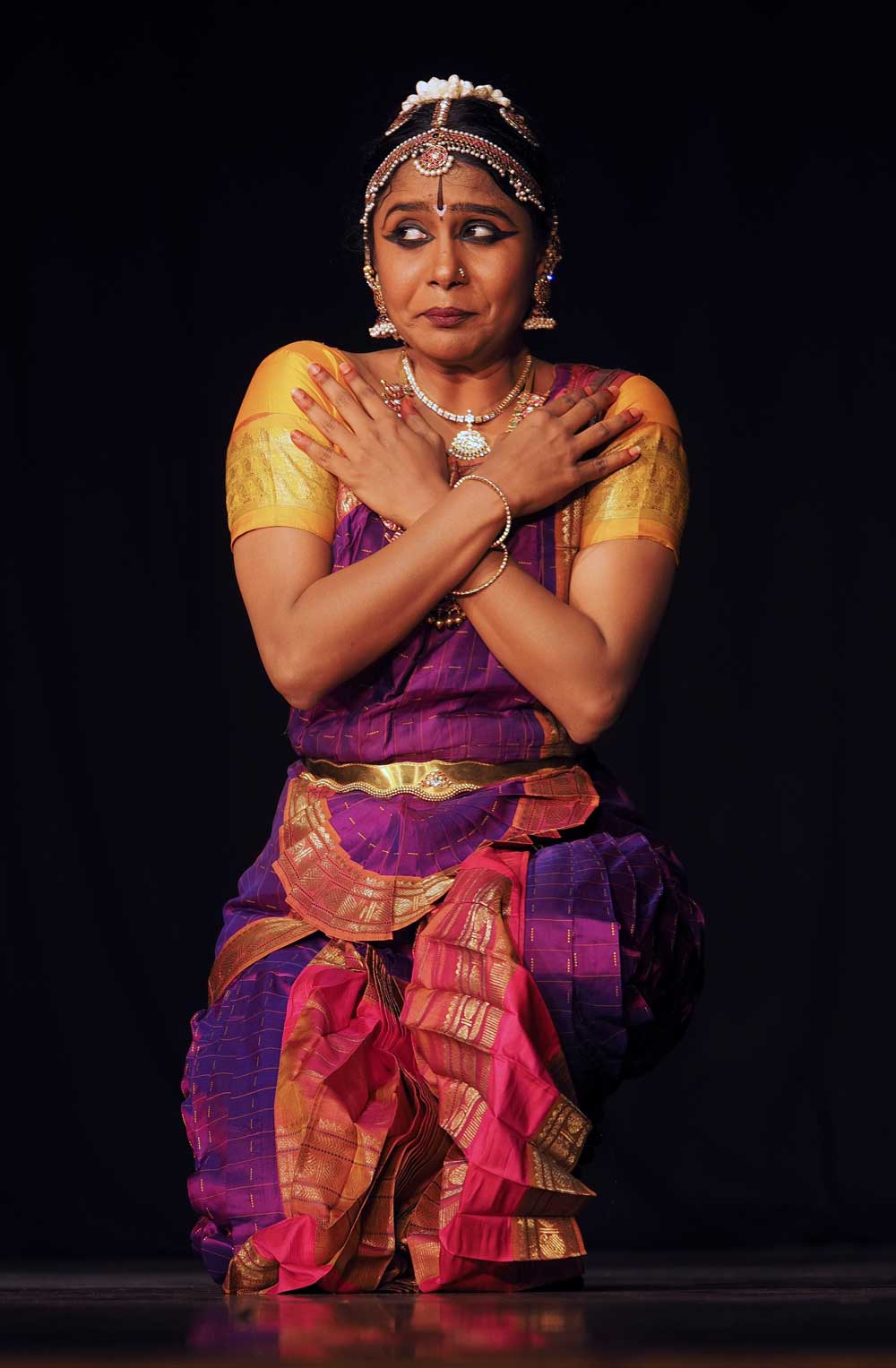
Solo Bharatanatyam presentation by ‘Nadanamamani’ Ashwini Viswanathan

Bharatanatyam presentation by Krithika Sumanth
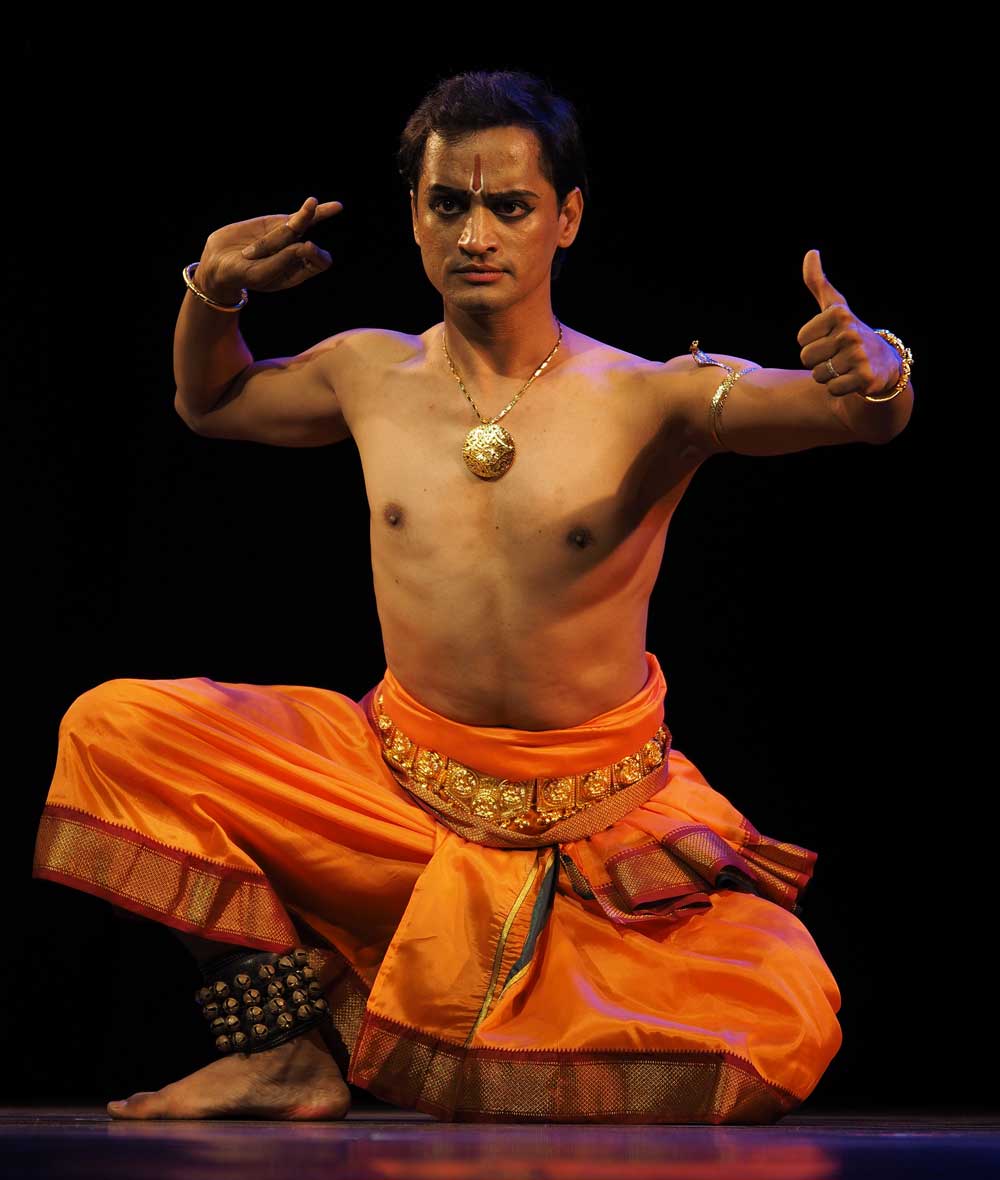
Bharatanatyam presentation by Krithika Sumanth
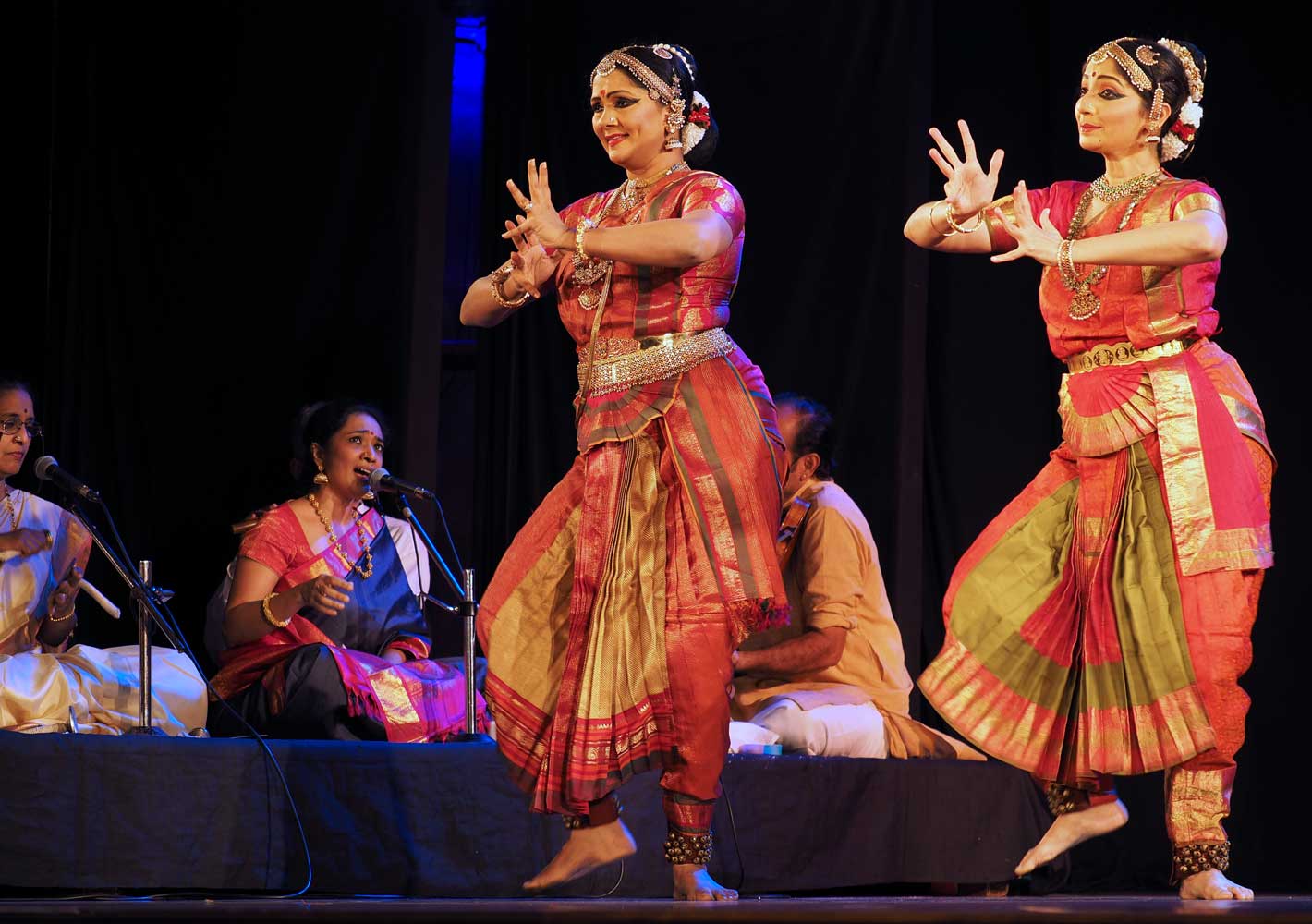
Bharatanatyam presentation by Krithika Sumanth
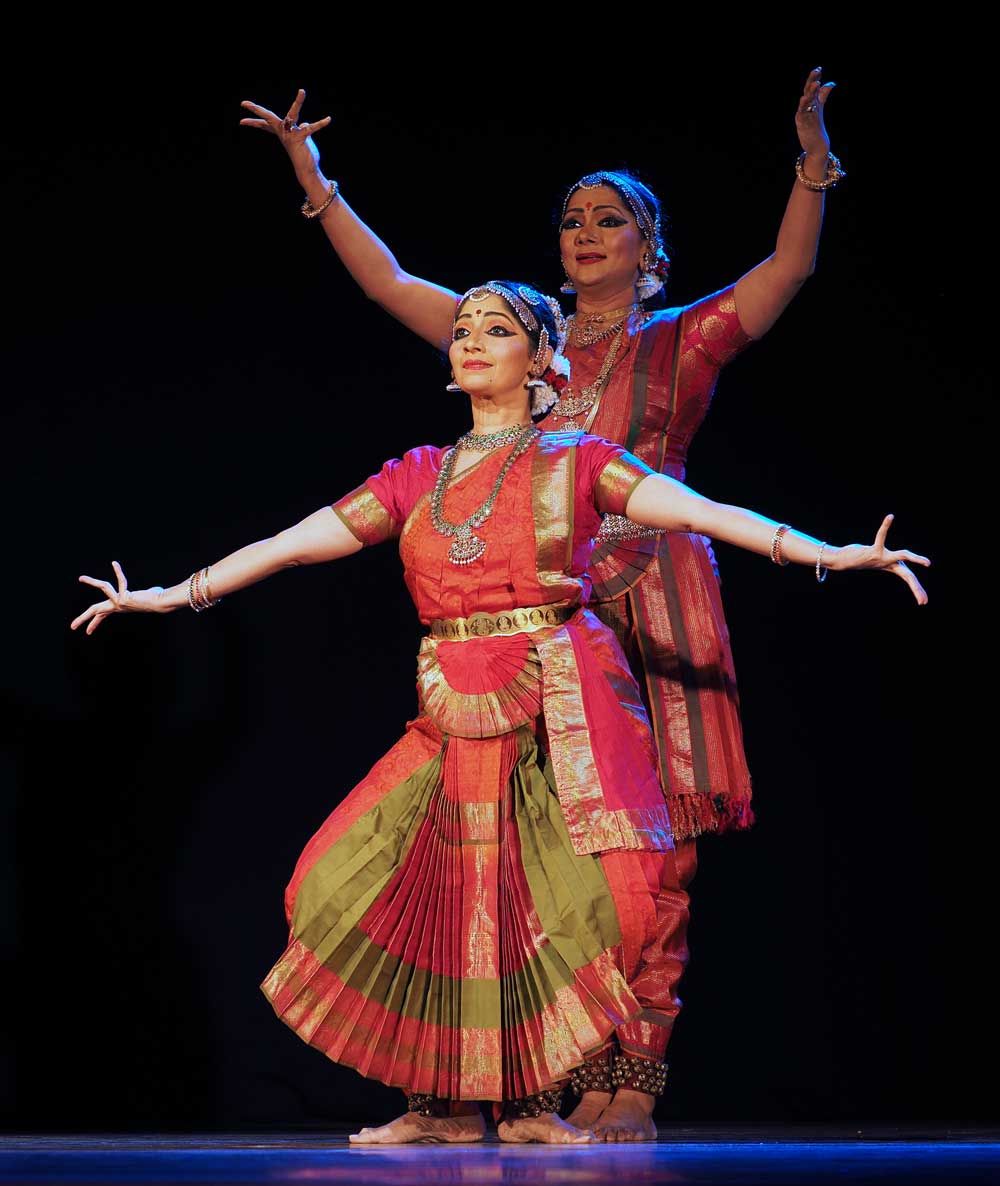
Bharatanatyam presentation by Krithika Sumanth

Bharatanatyam presentation by Krithika Sumanth
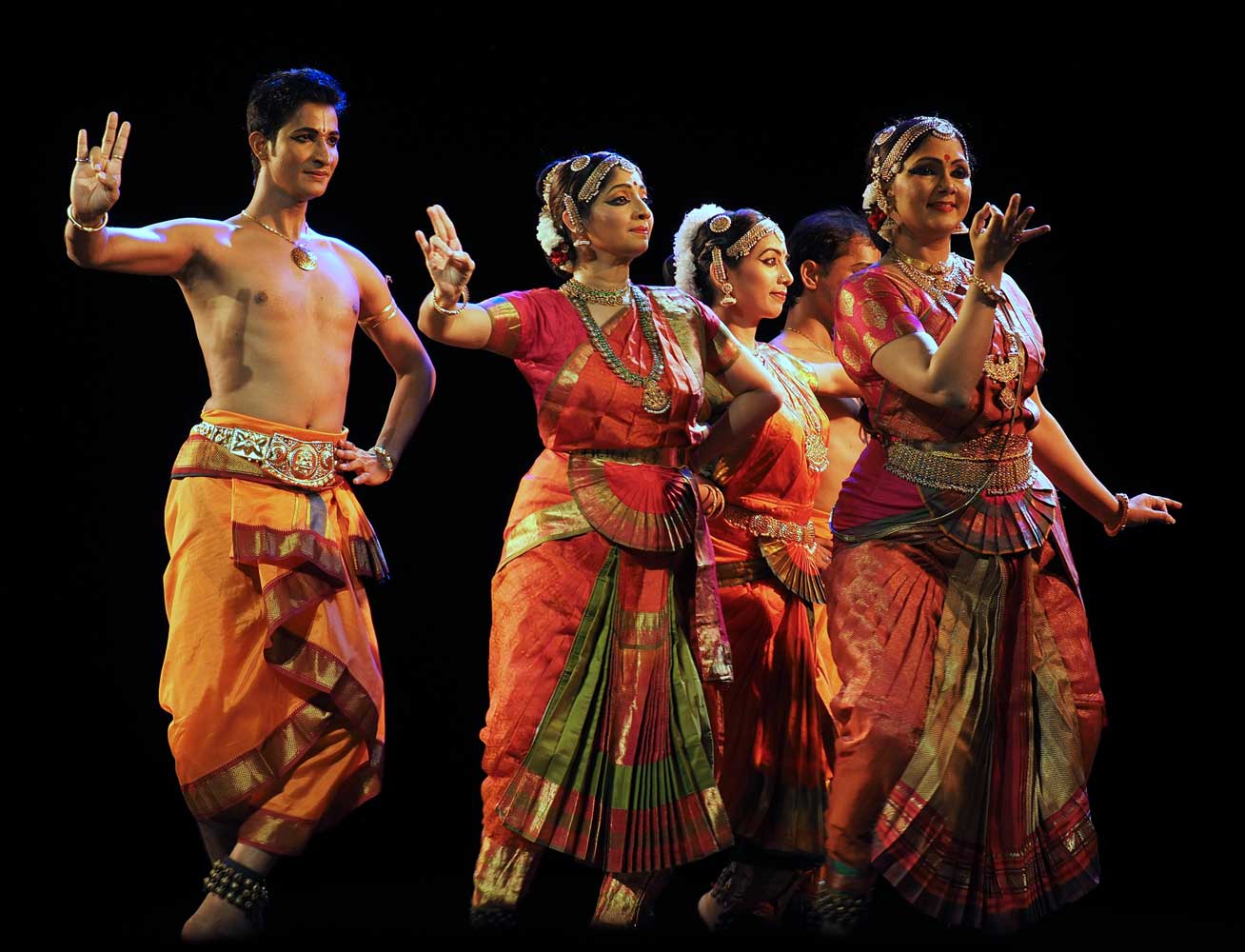
Bharatanatyam presentation by Krithika Sumanth
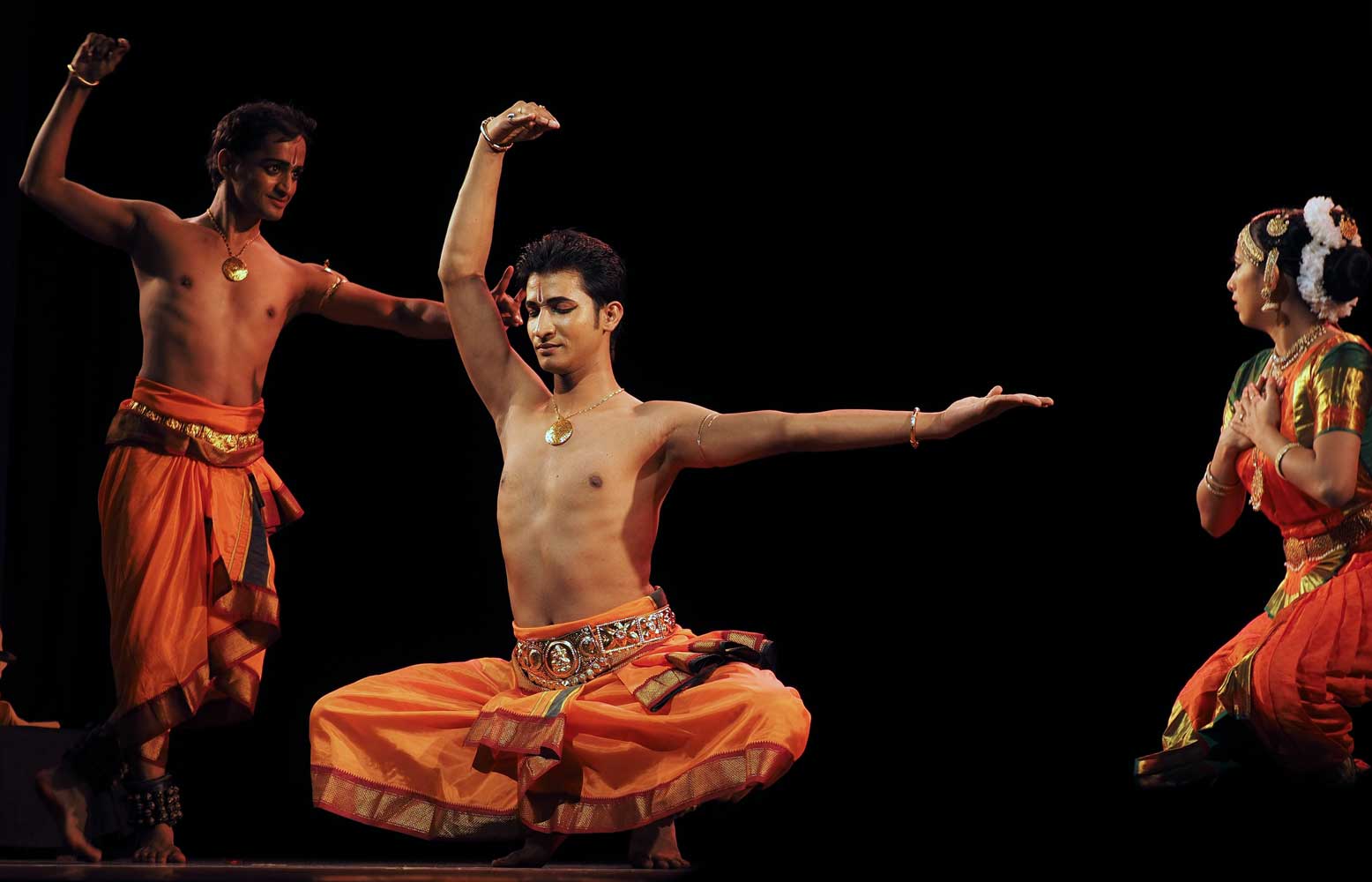
Bharatanatyam presentation by Krithika Sumanth
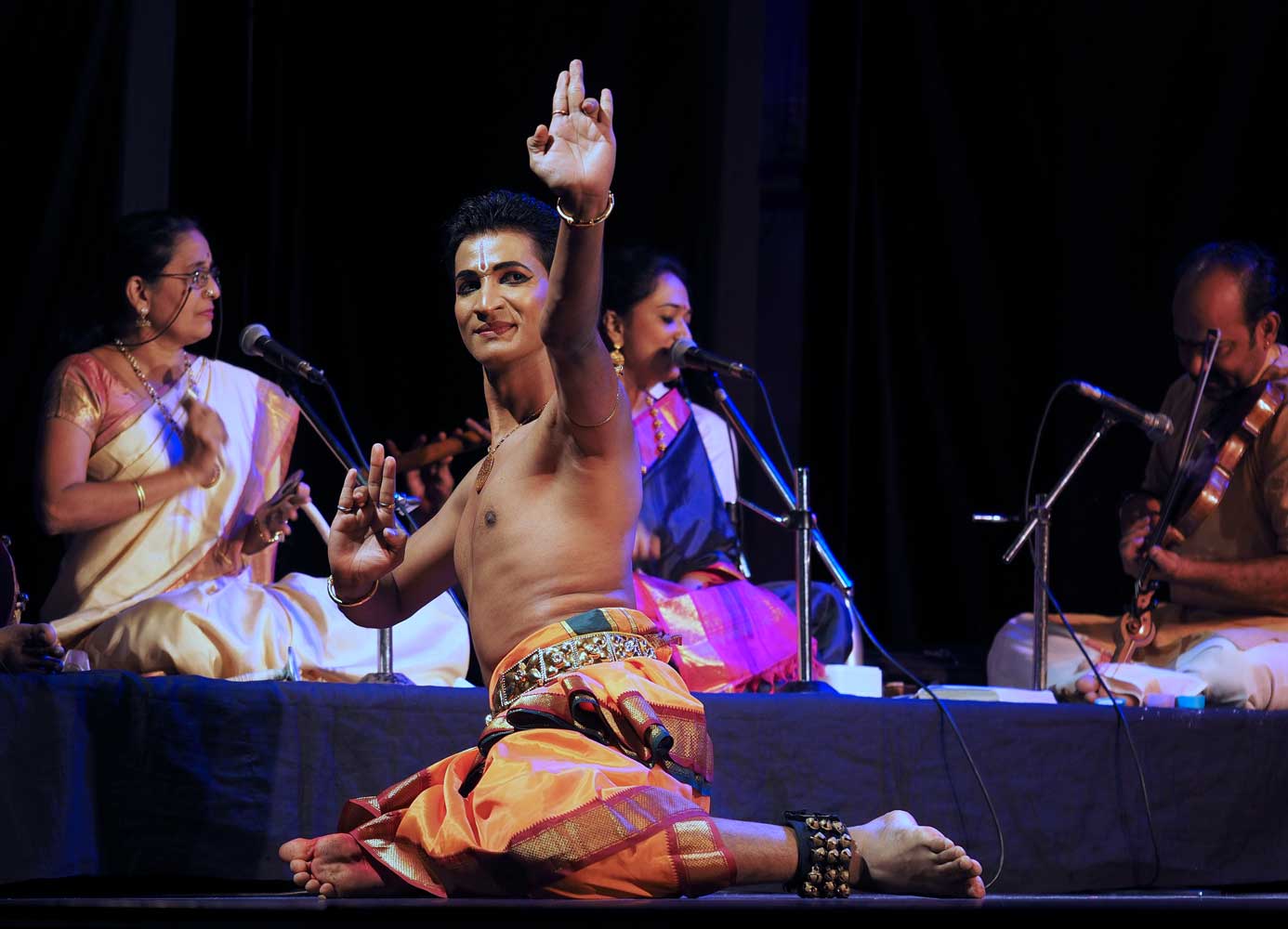
Bharatanatyam presentation by Krithika Sumanth